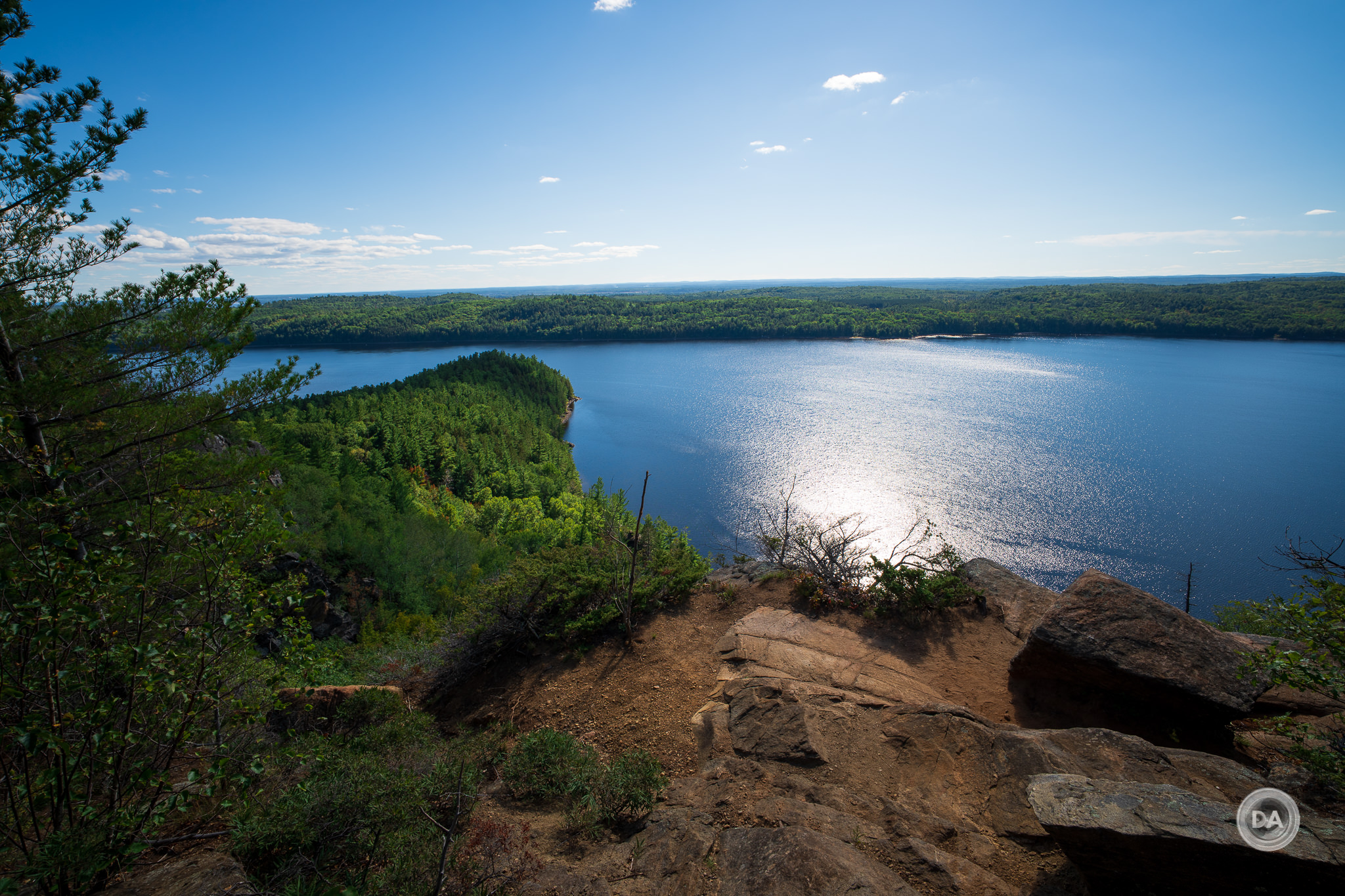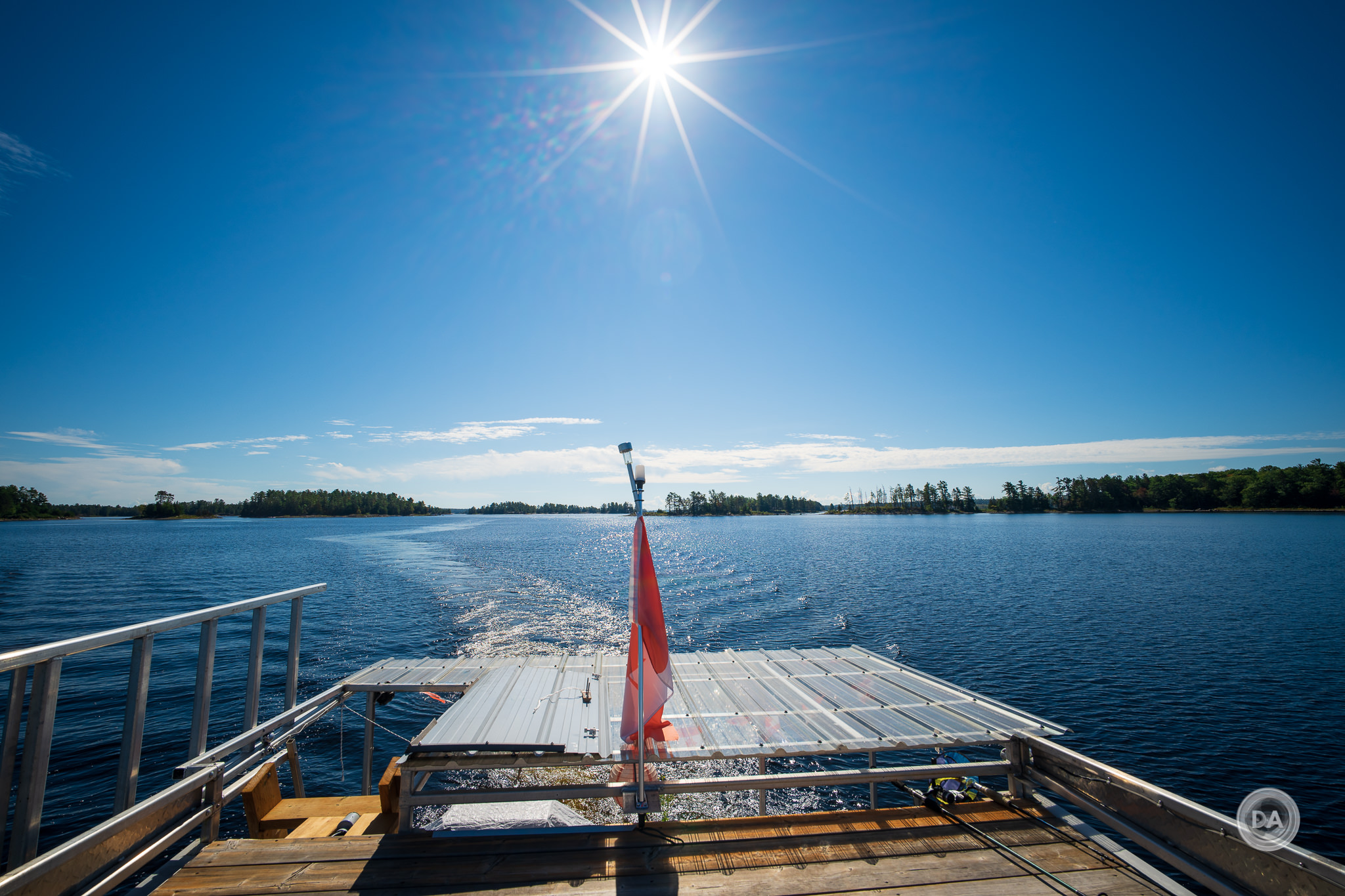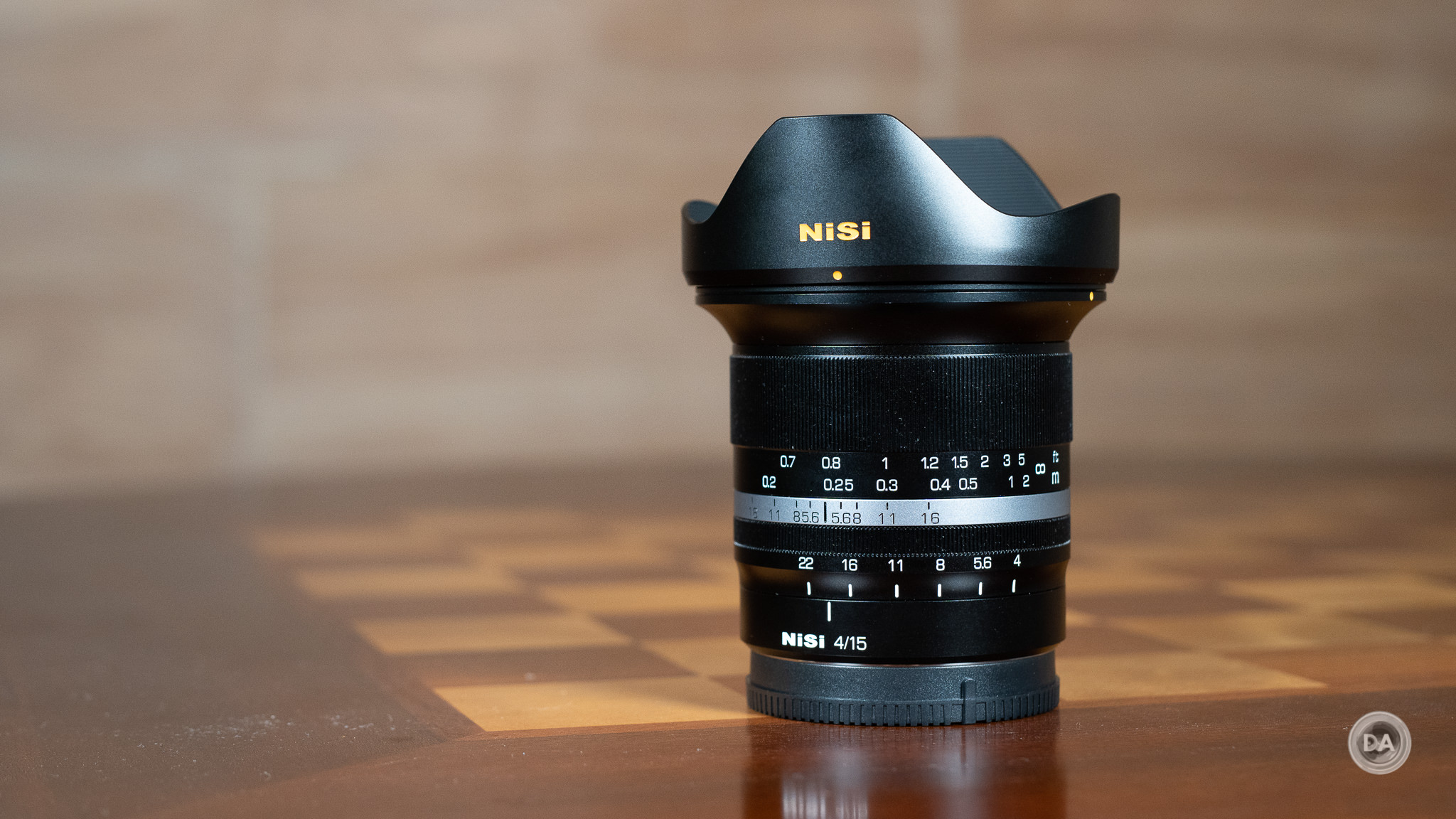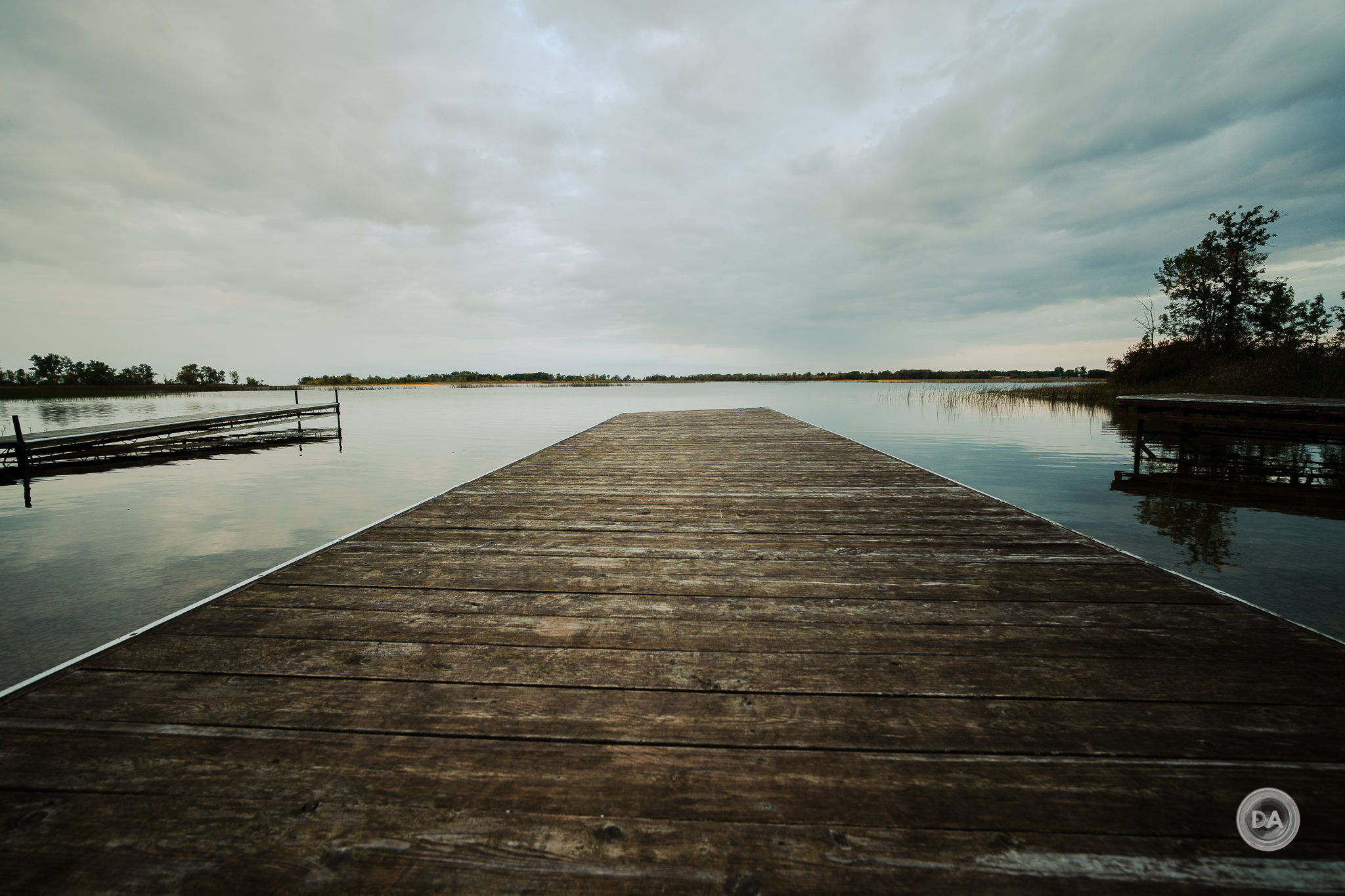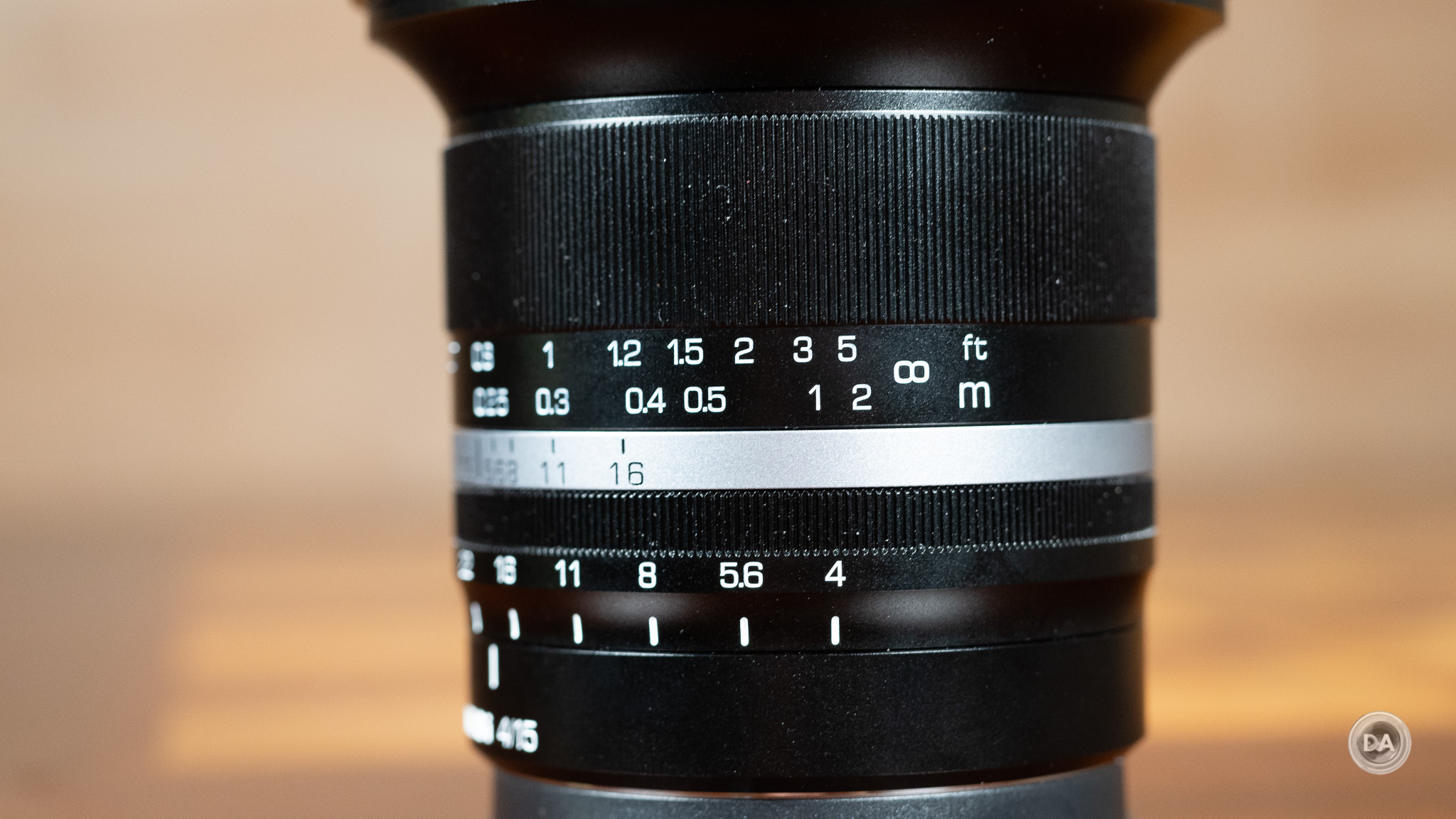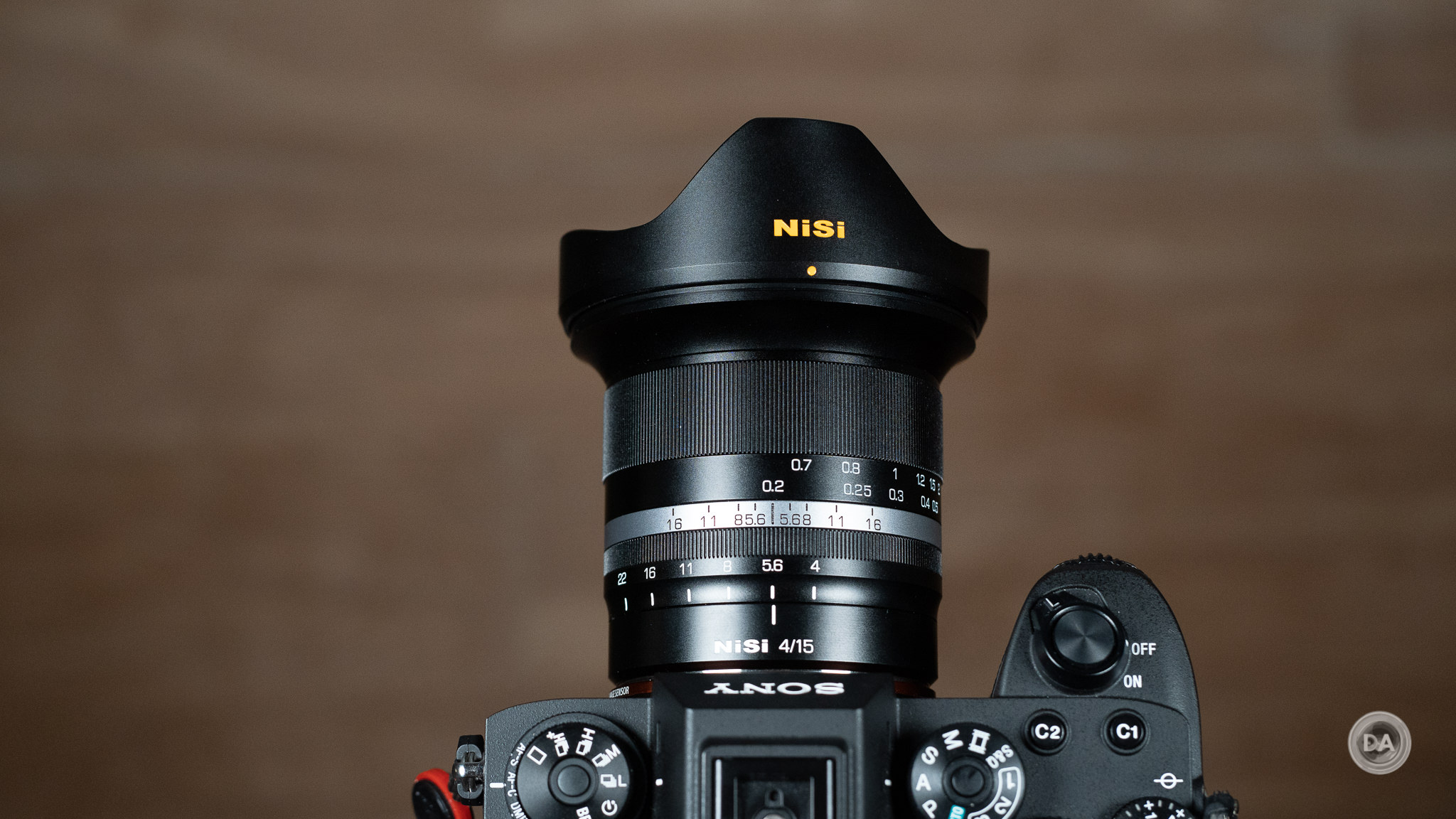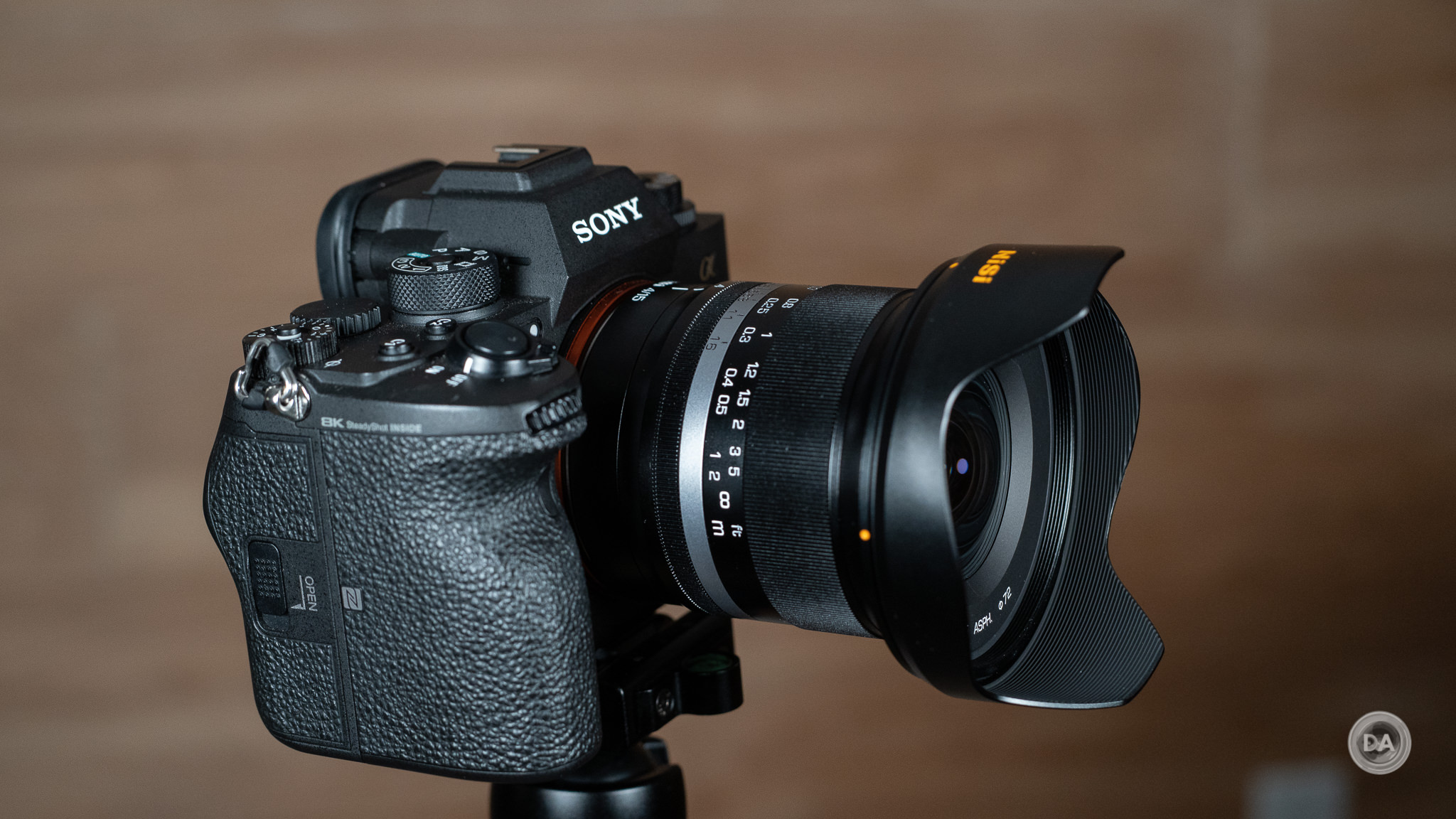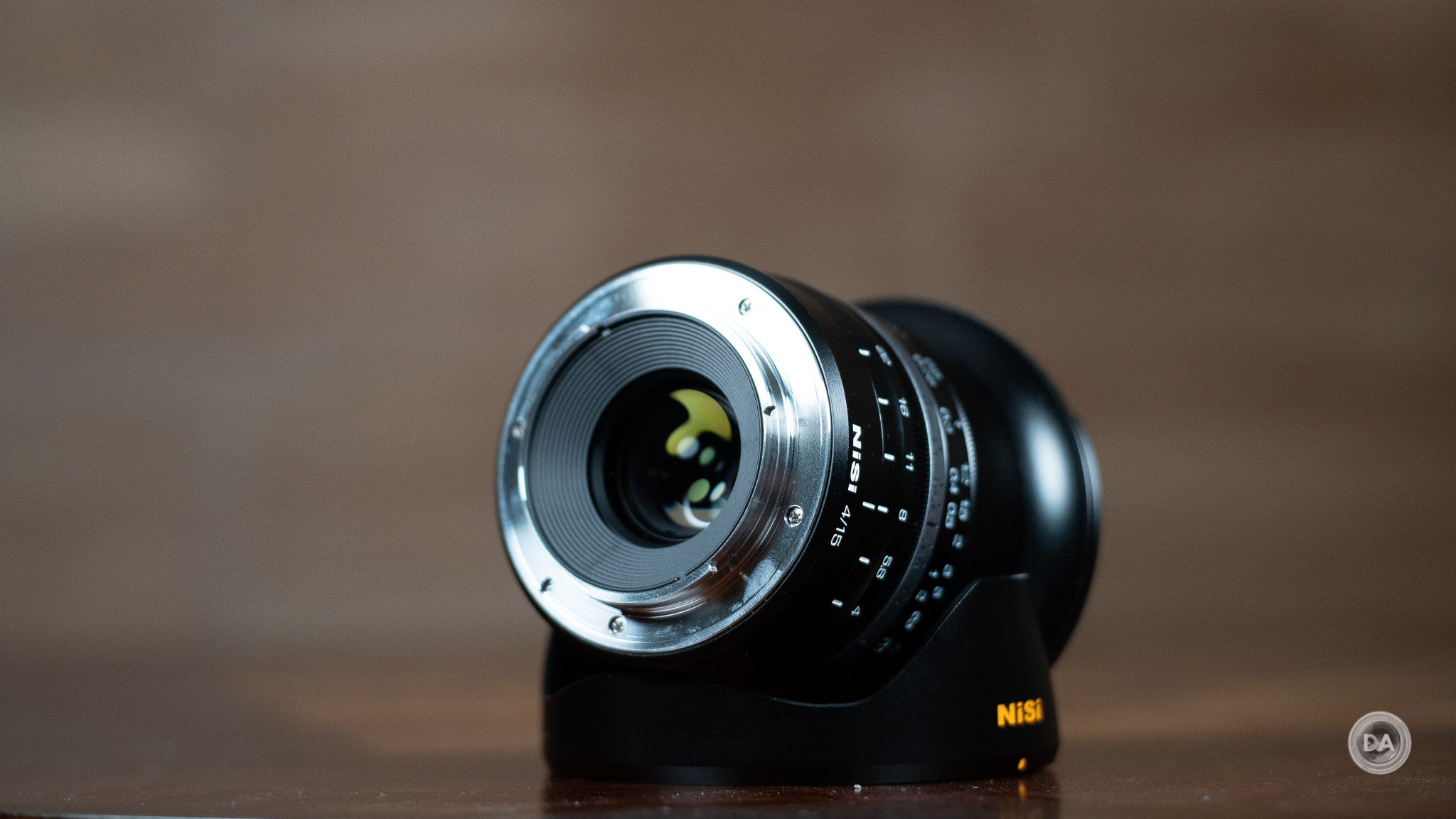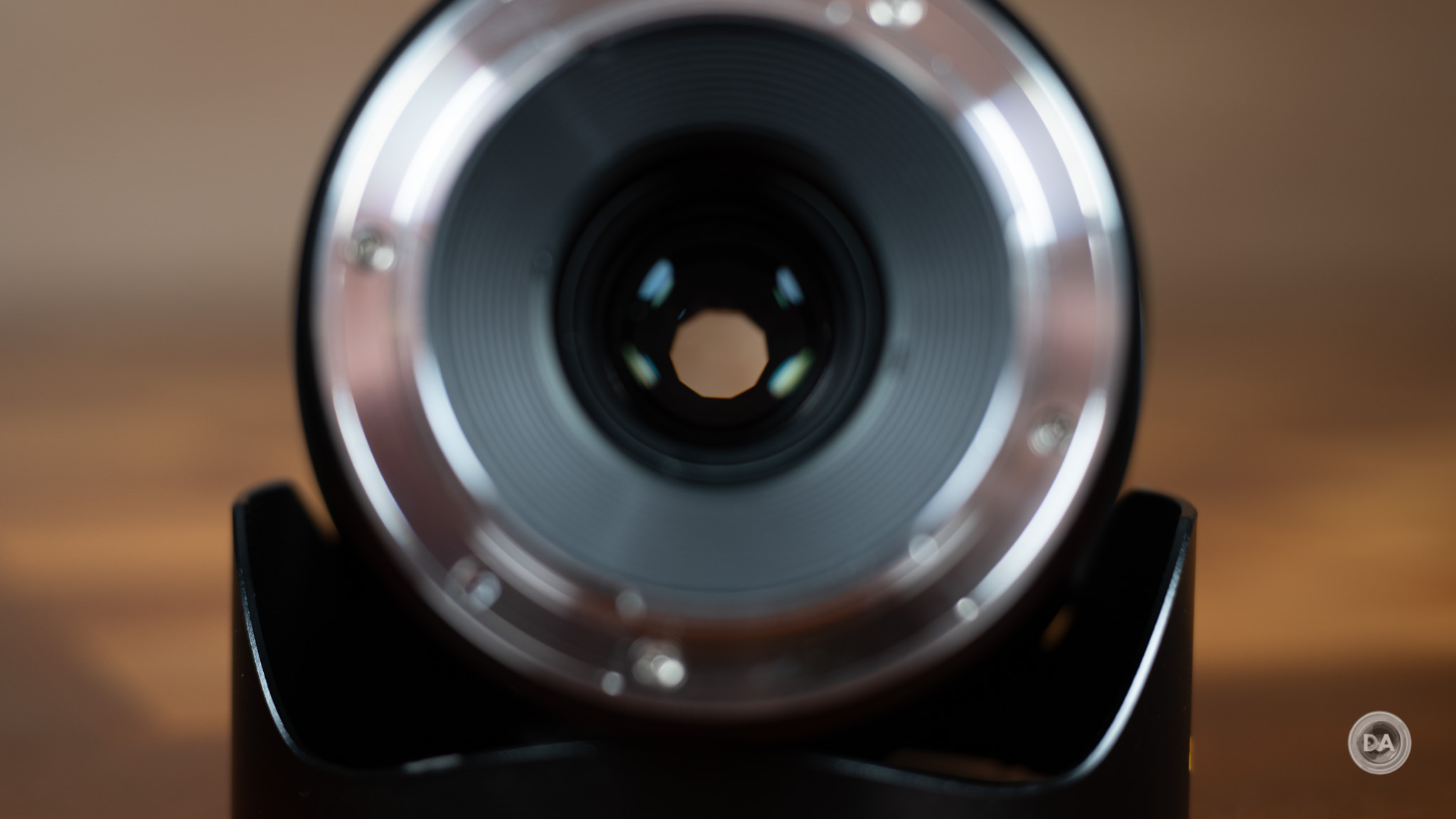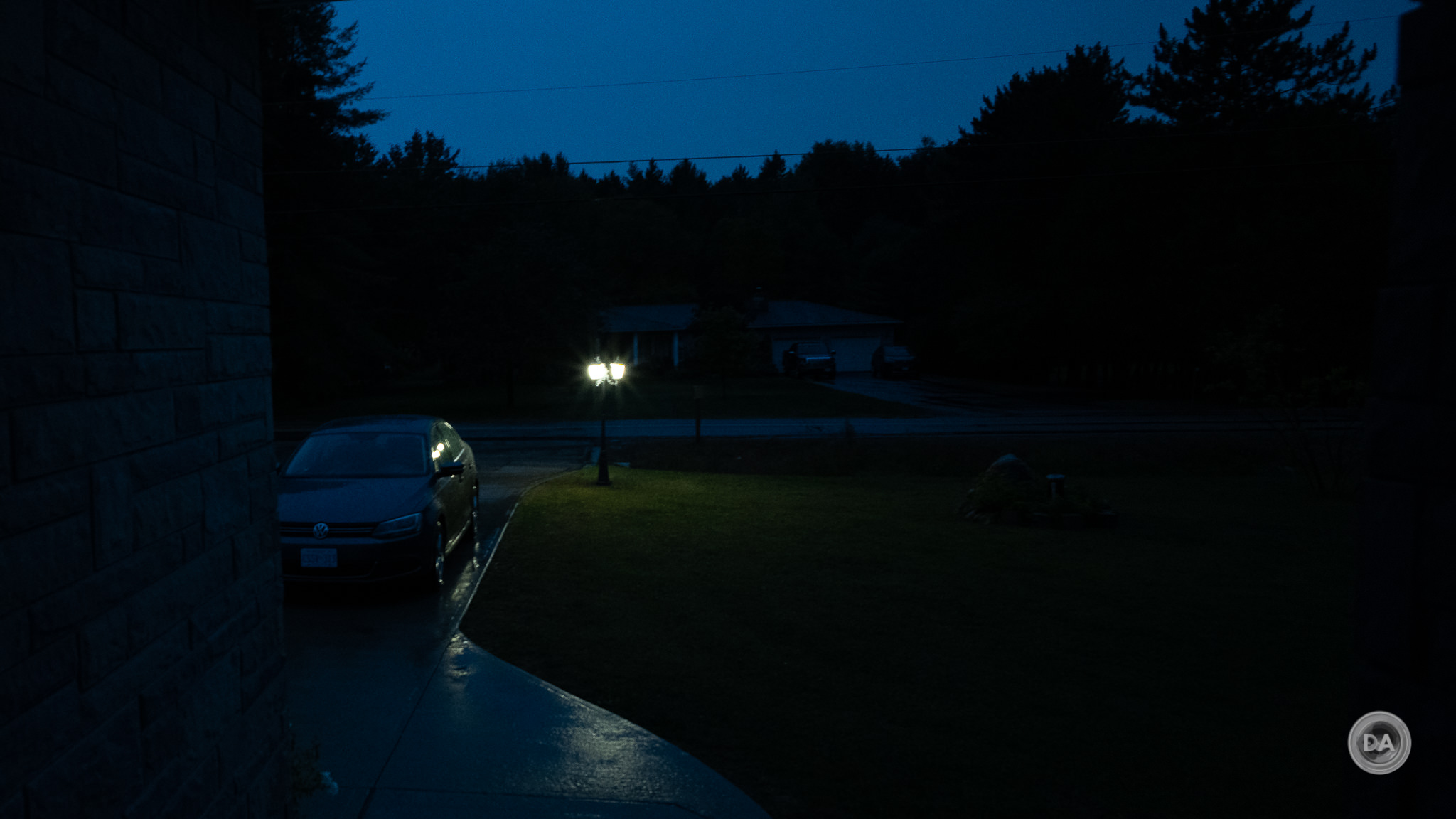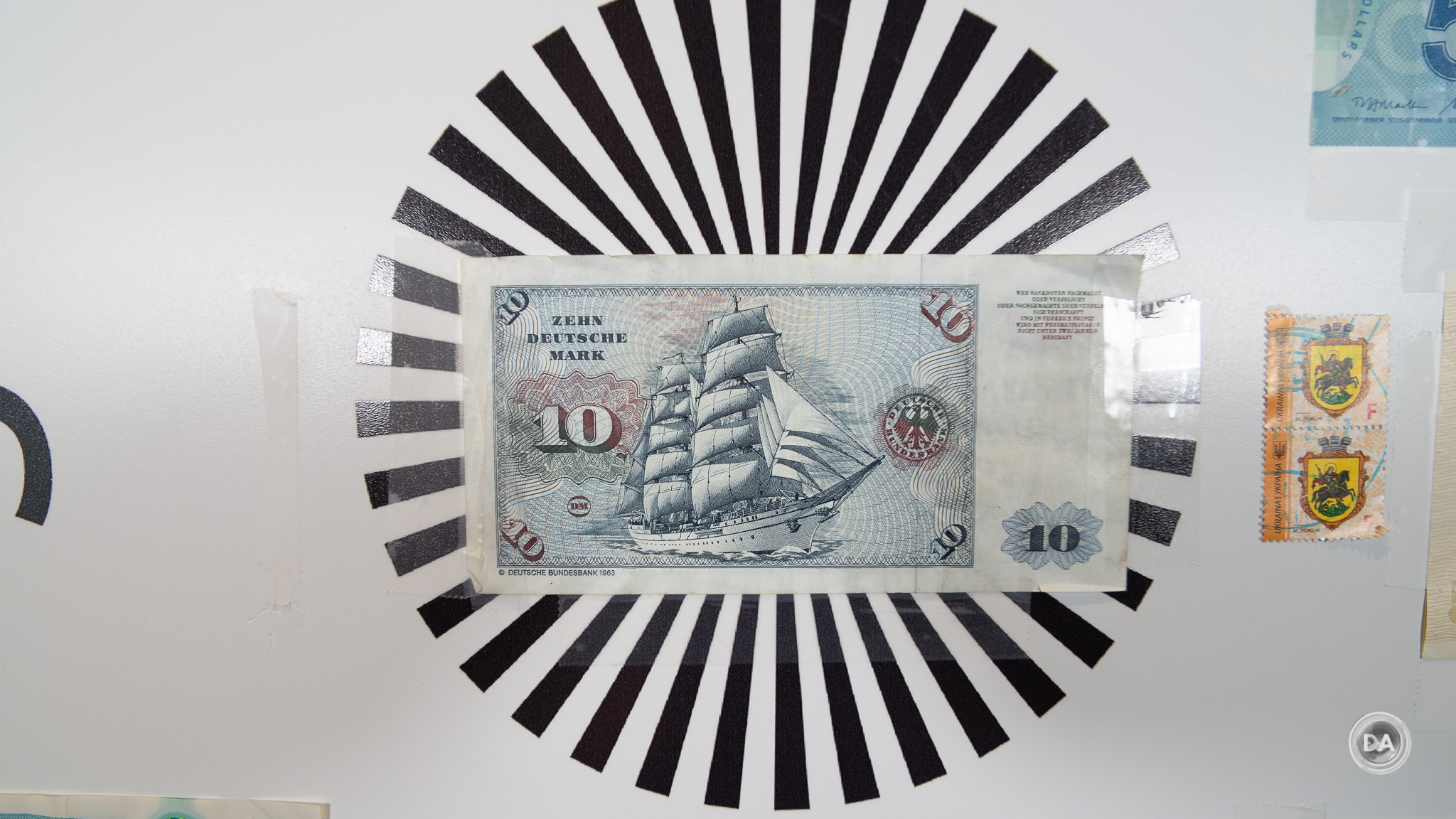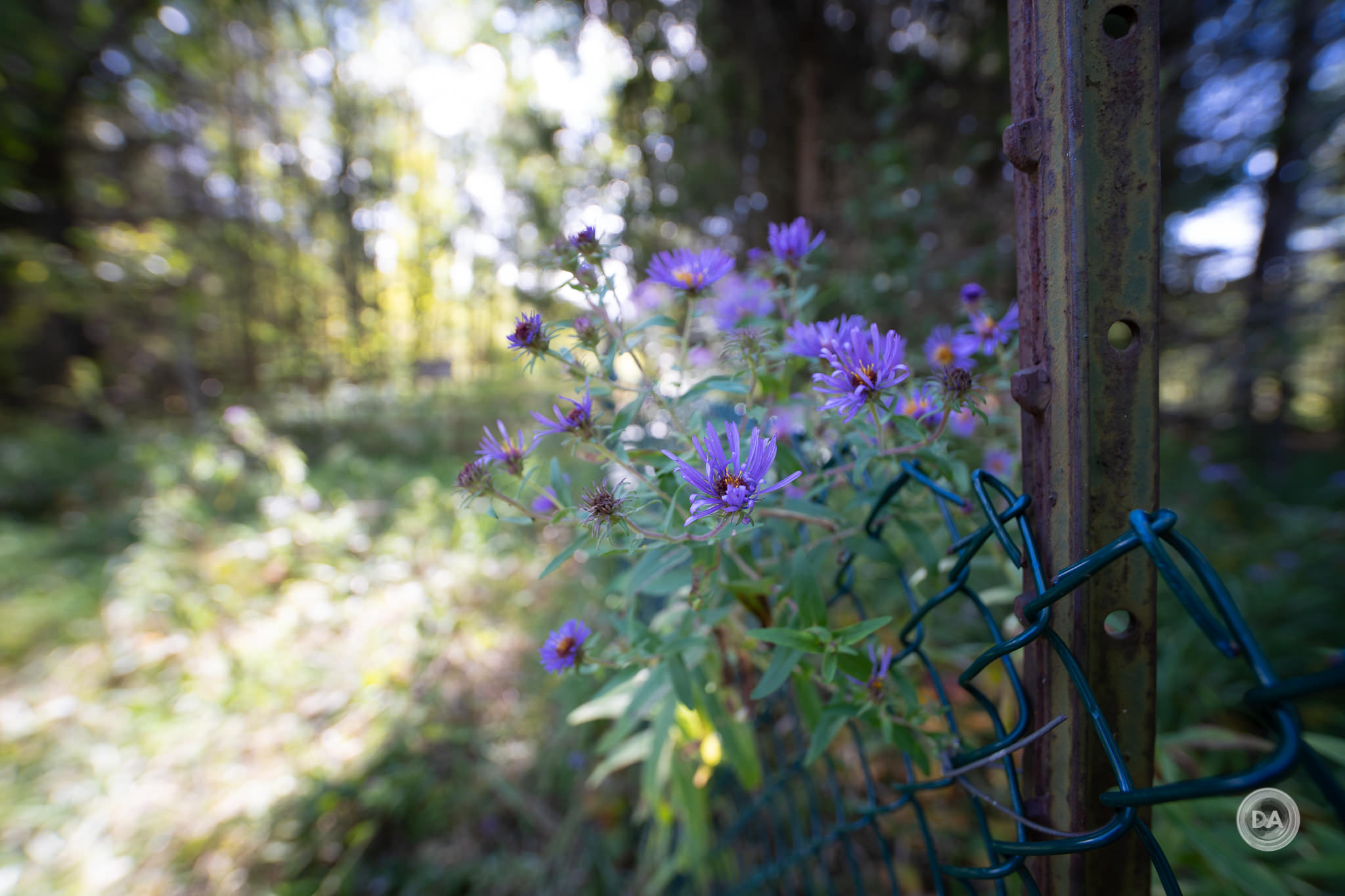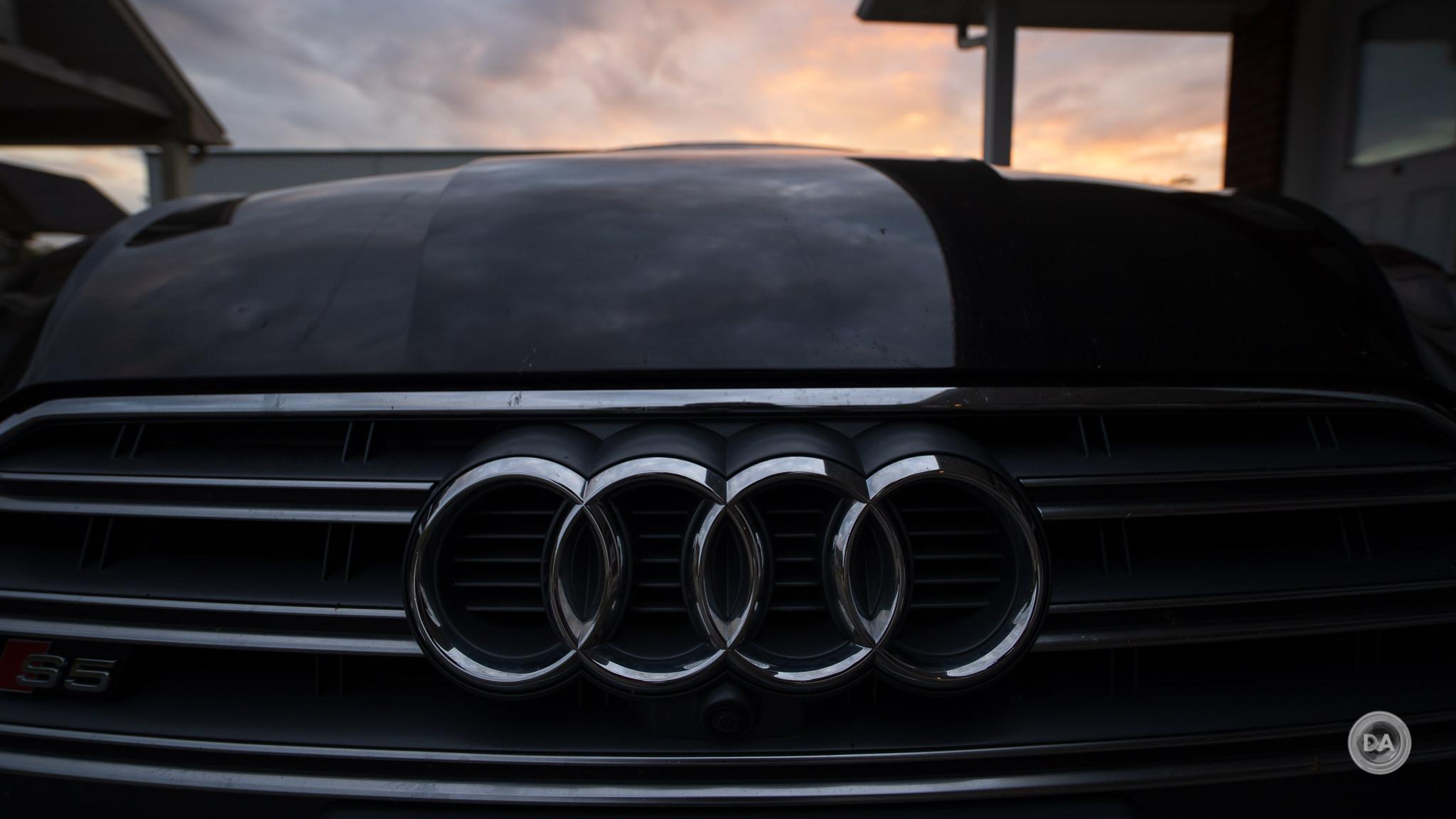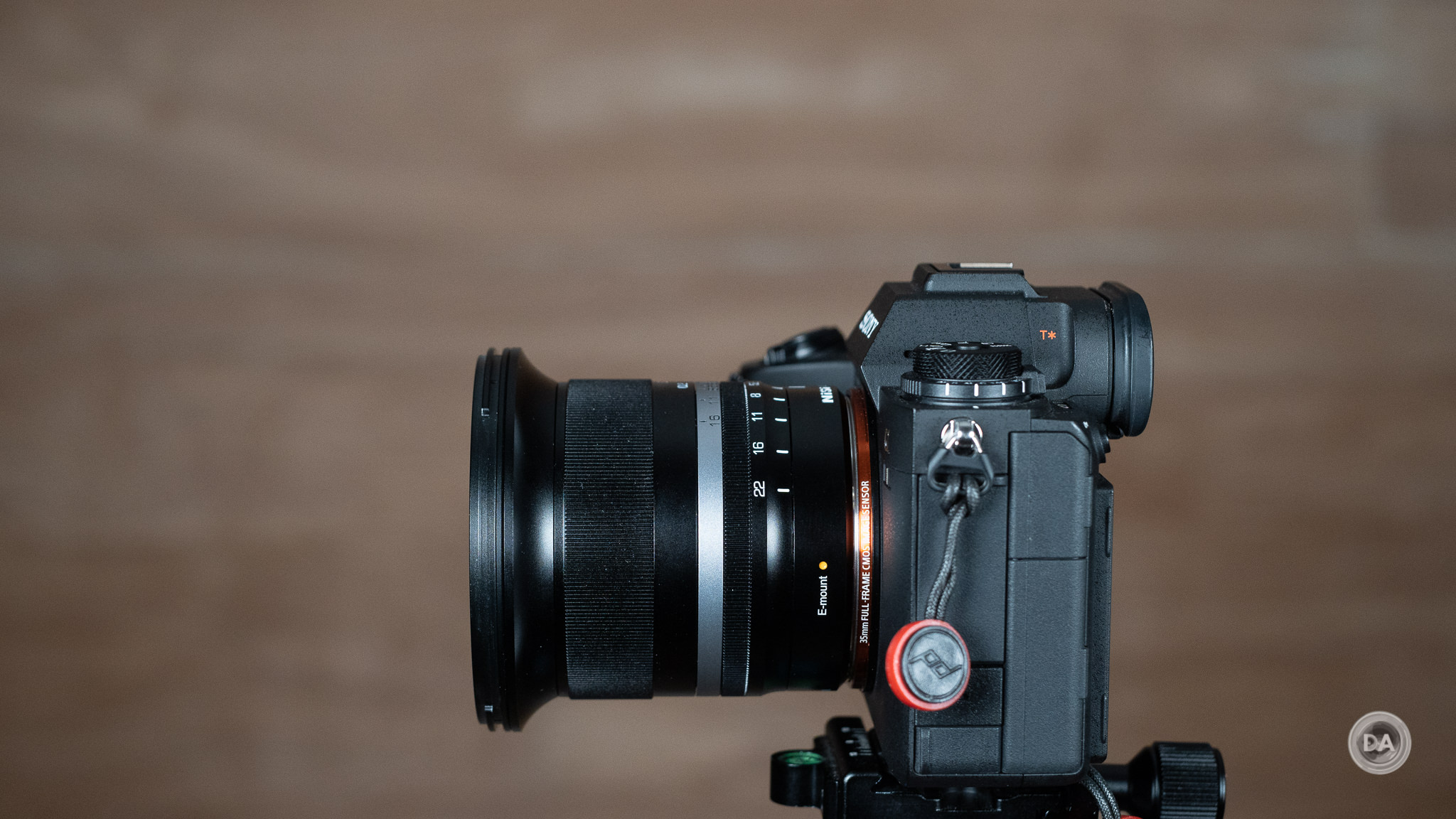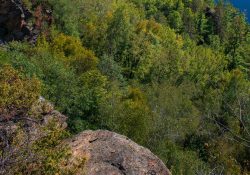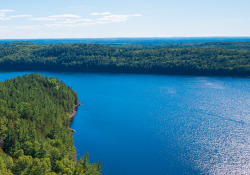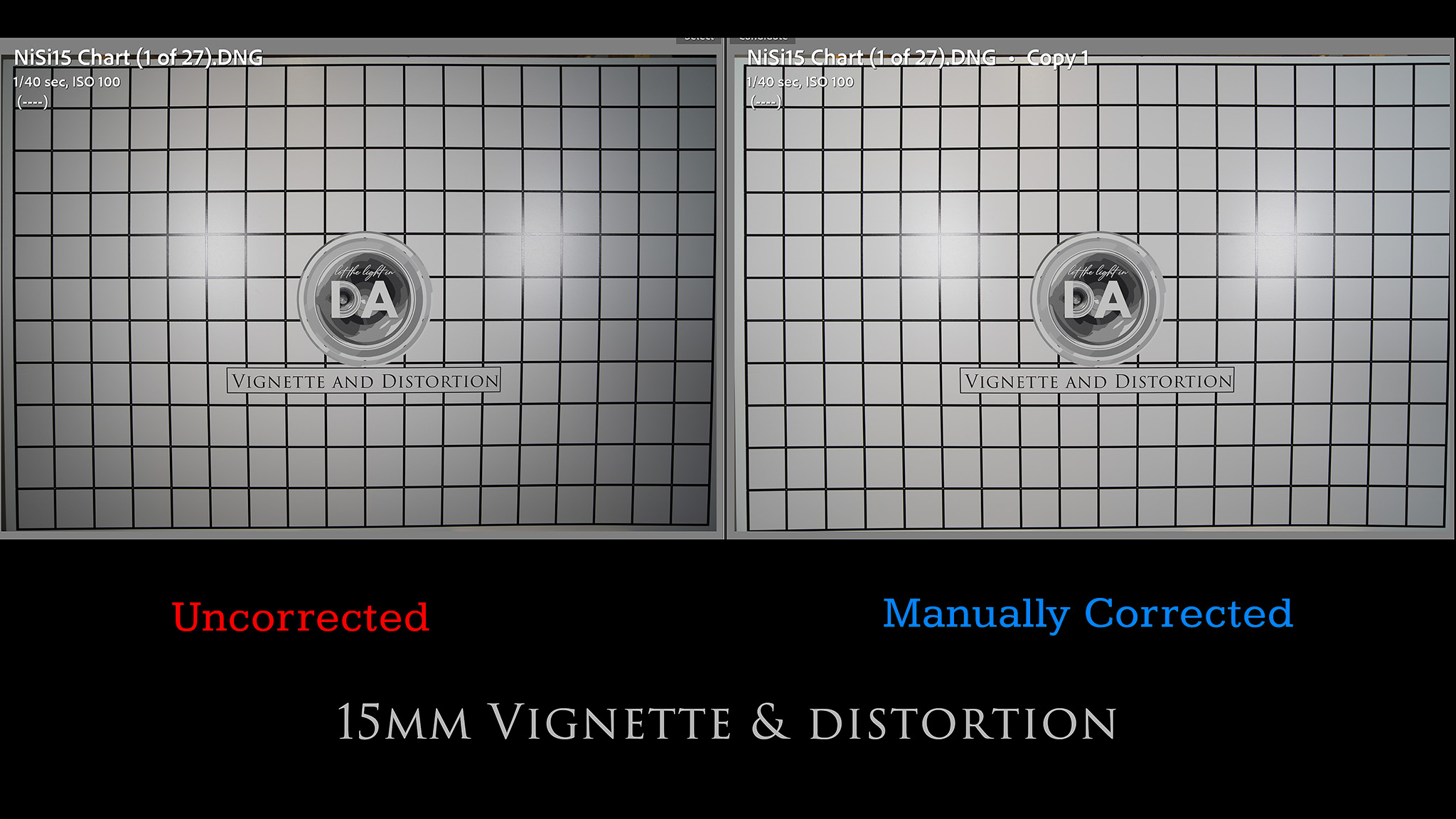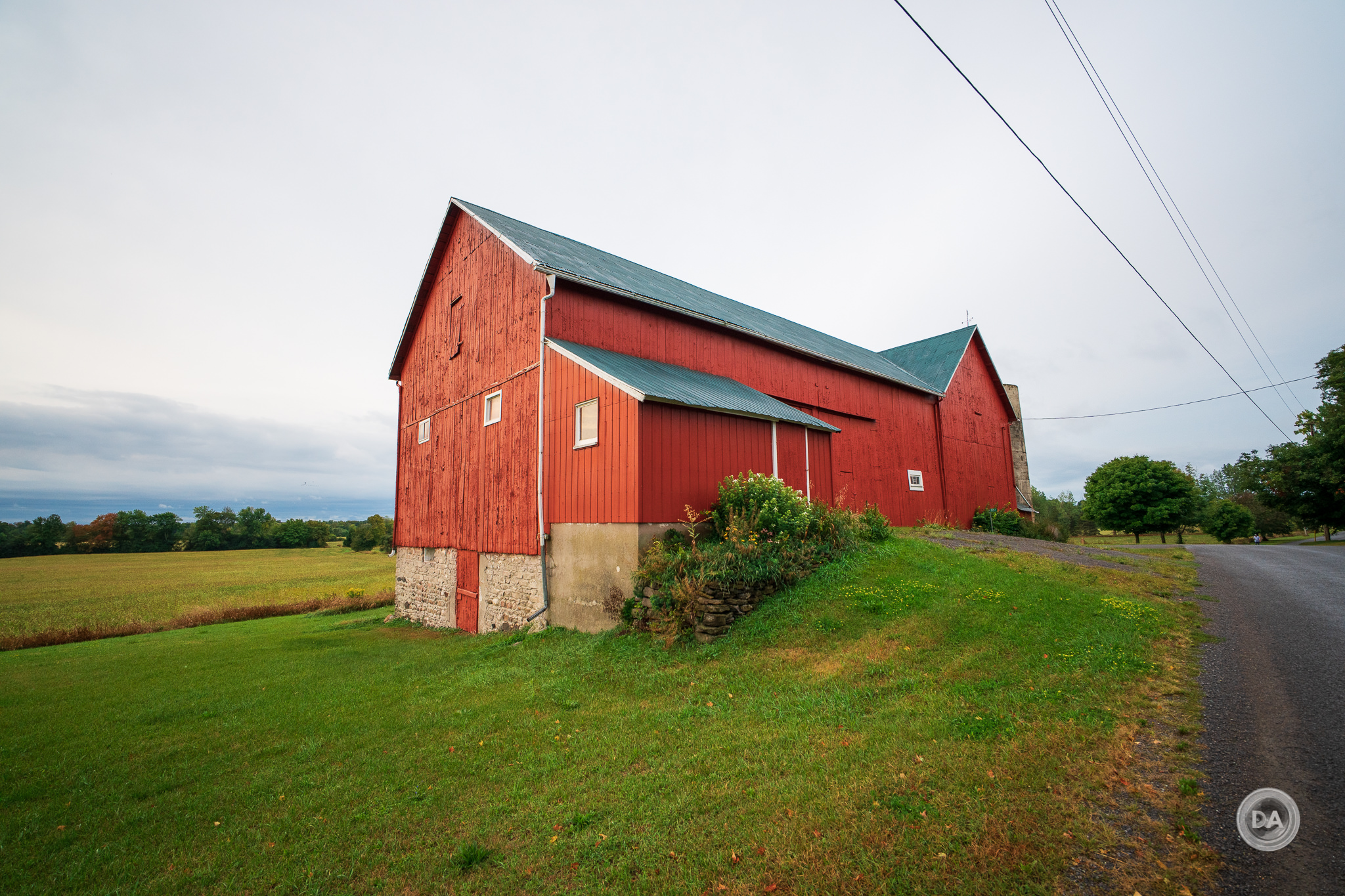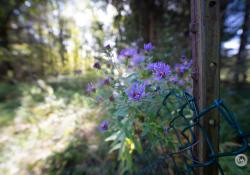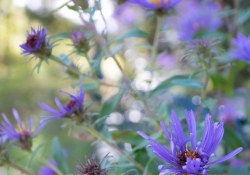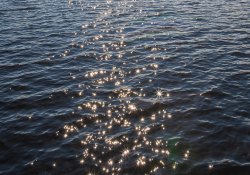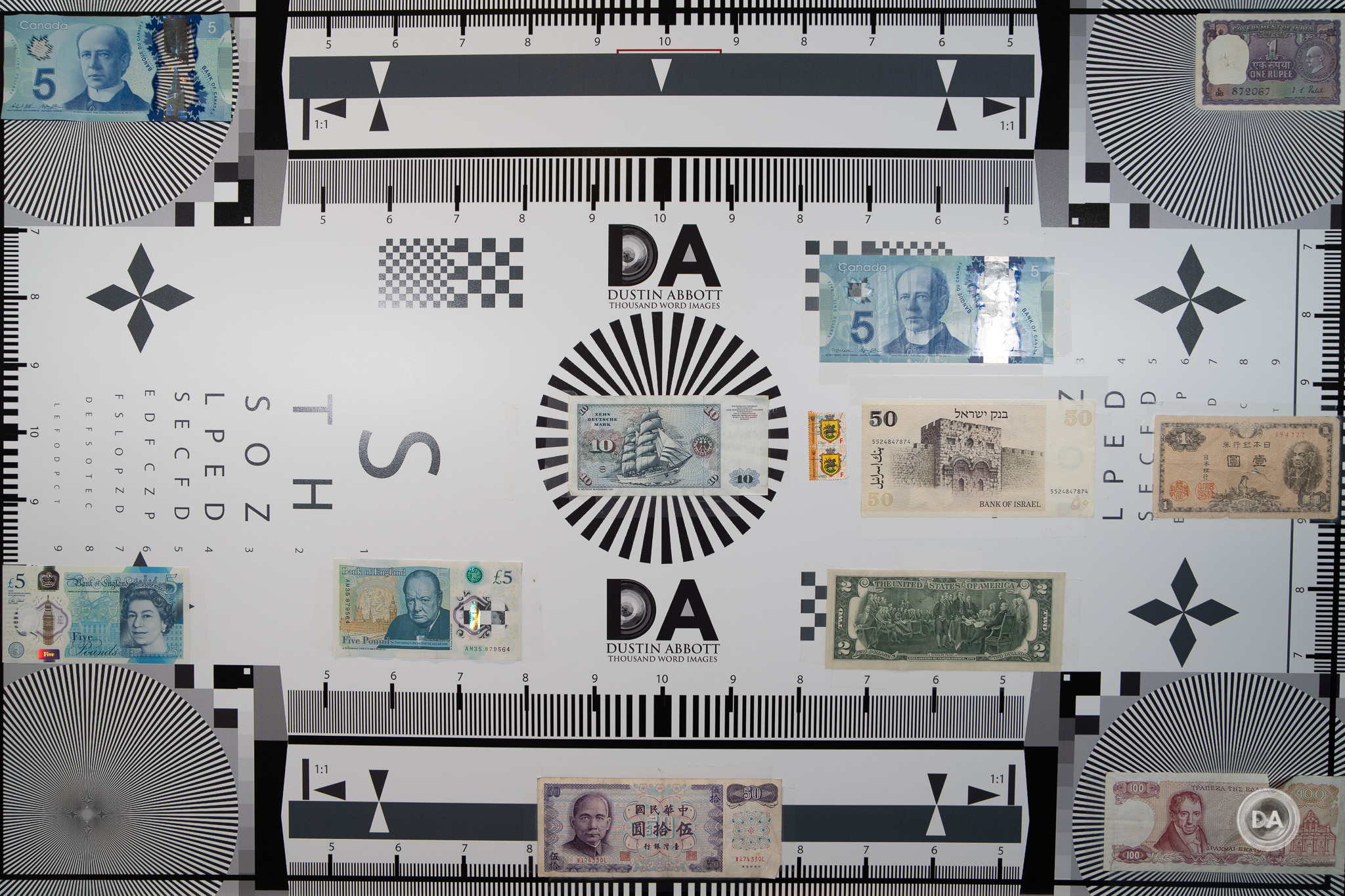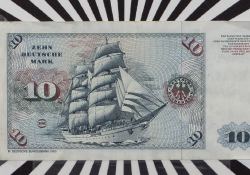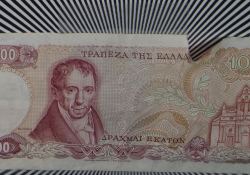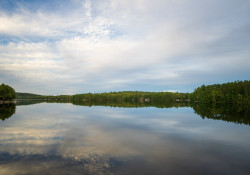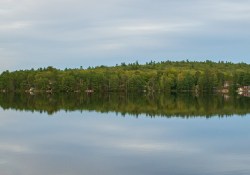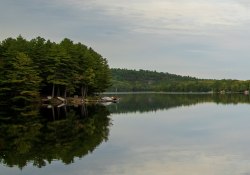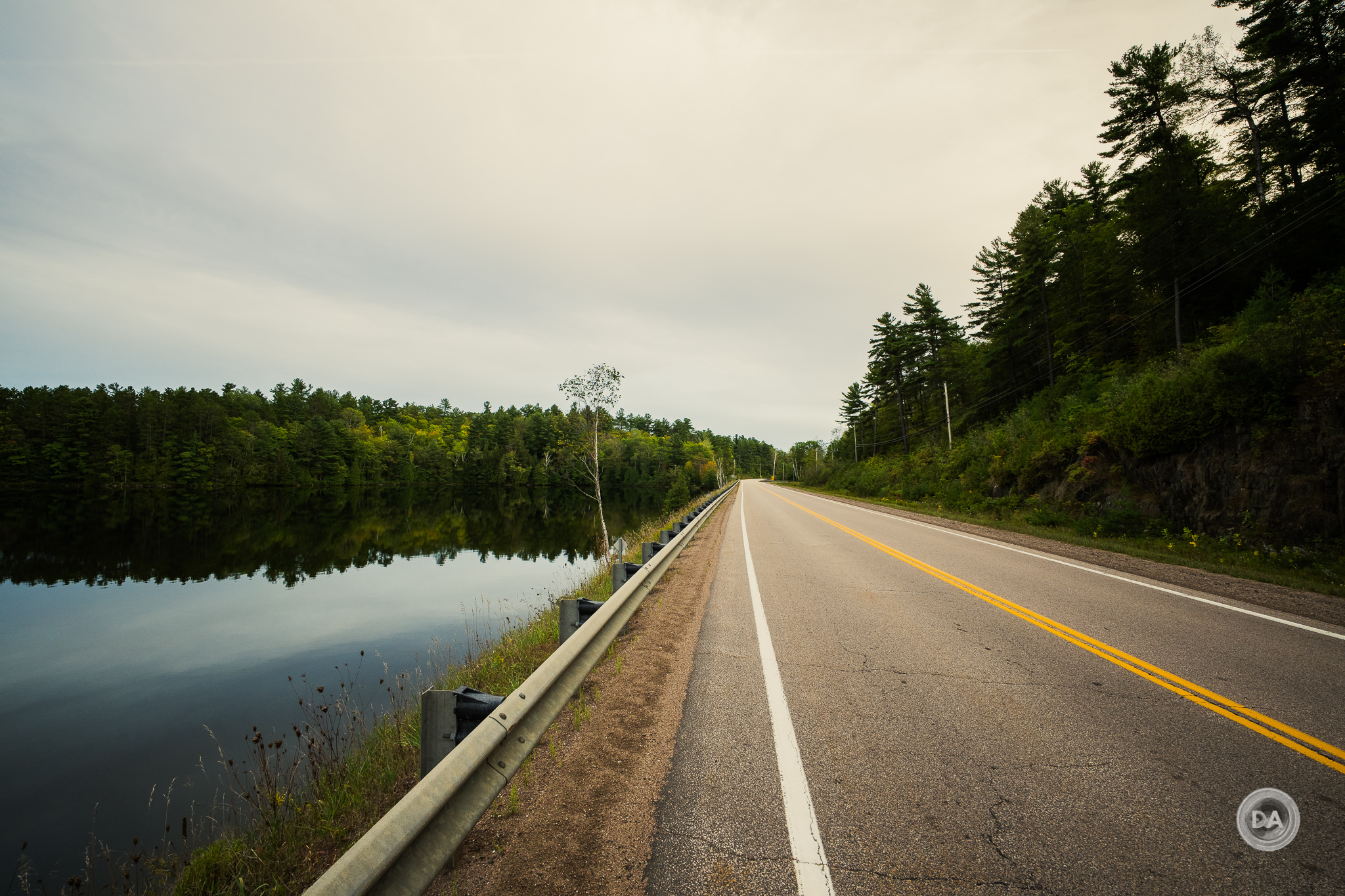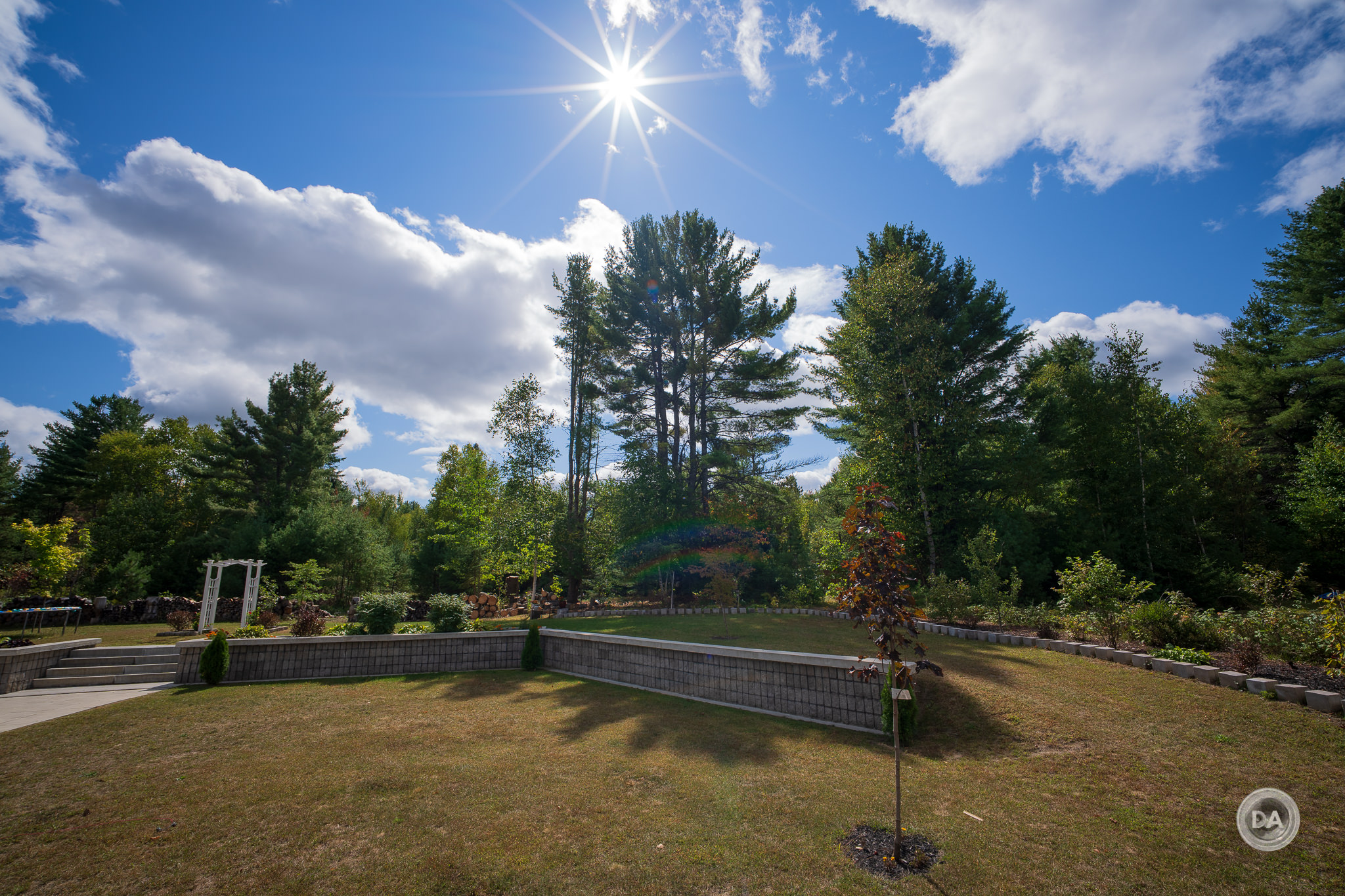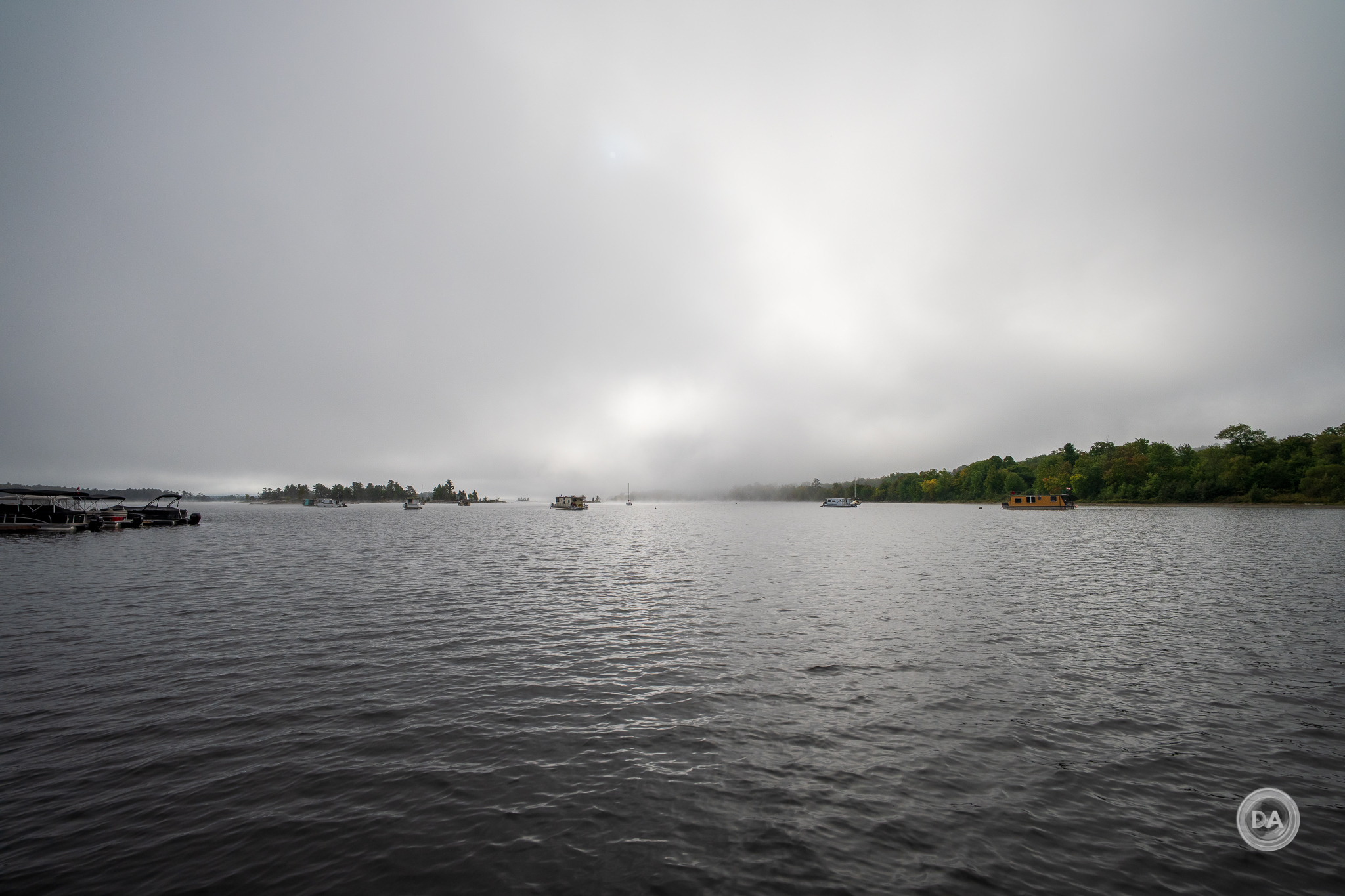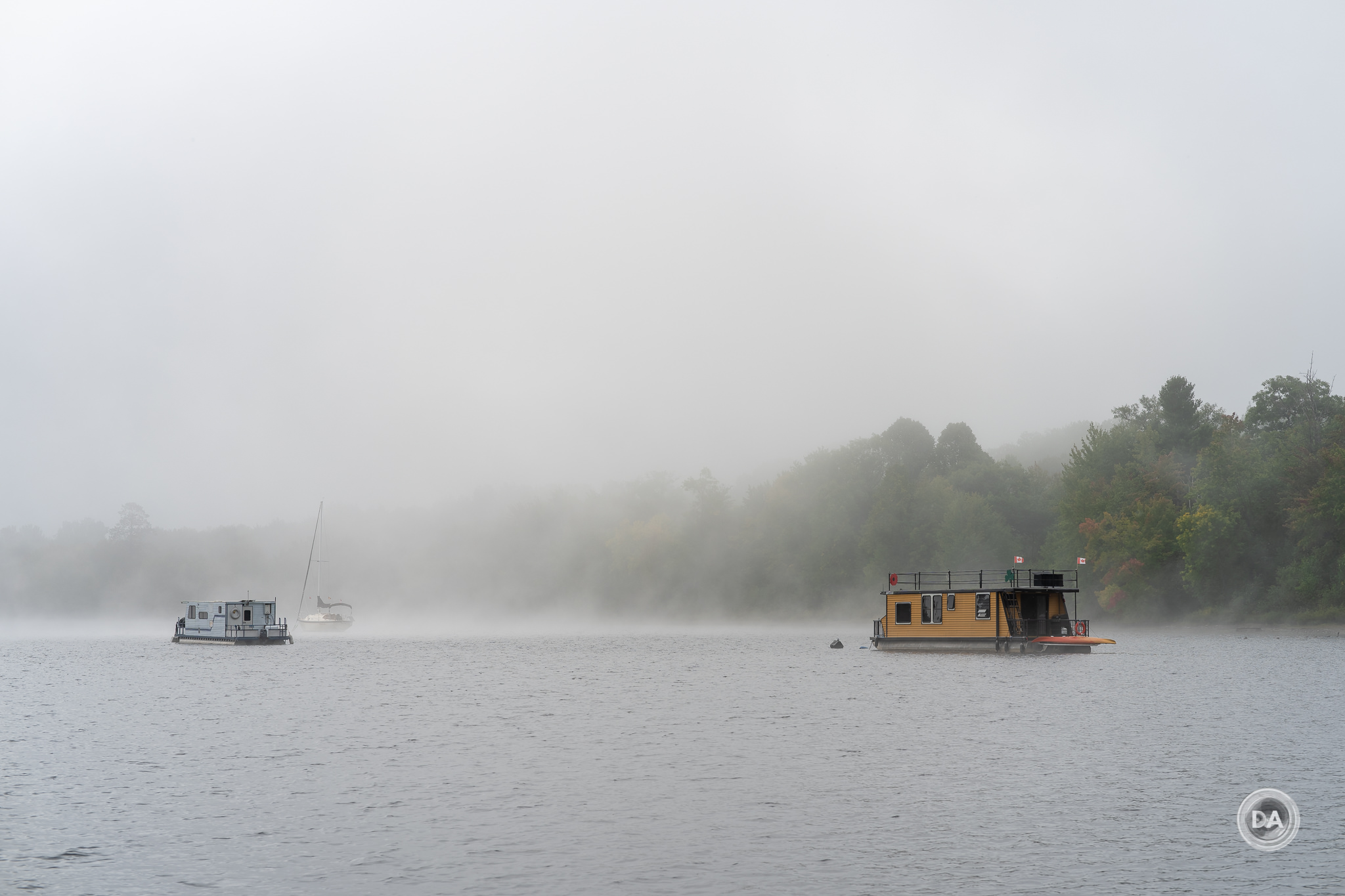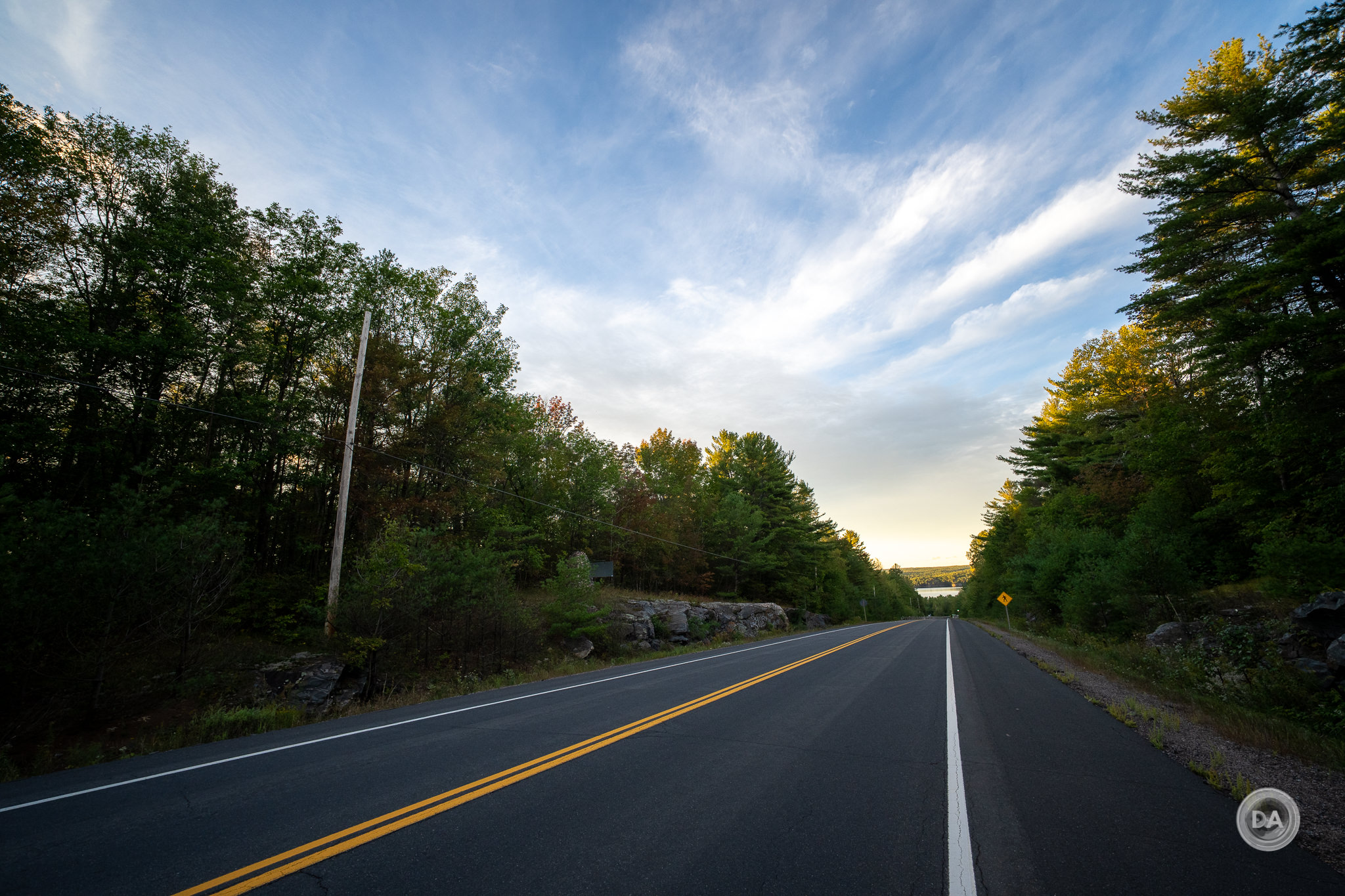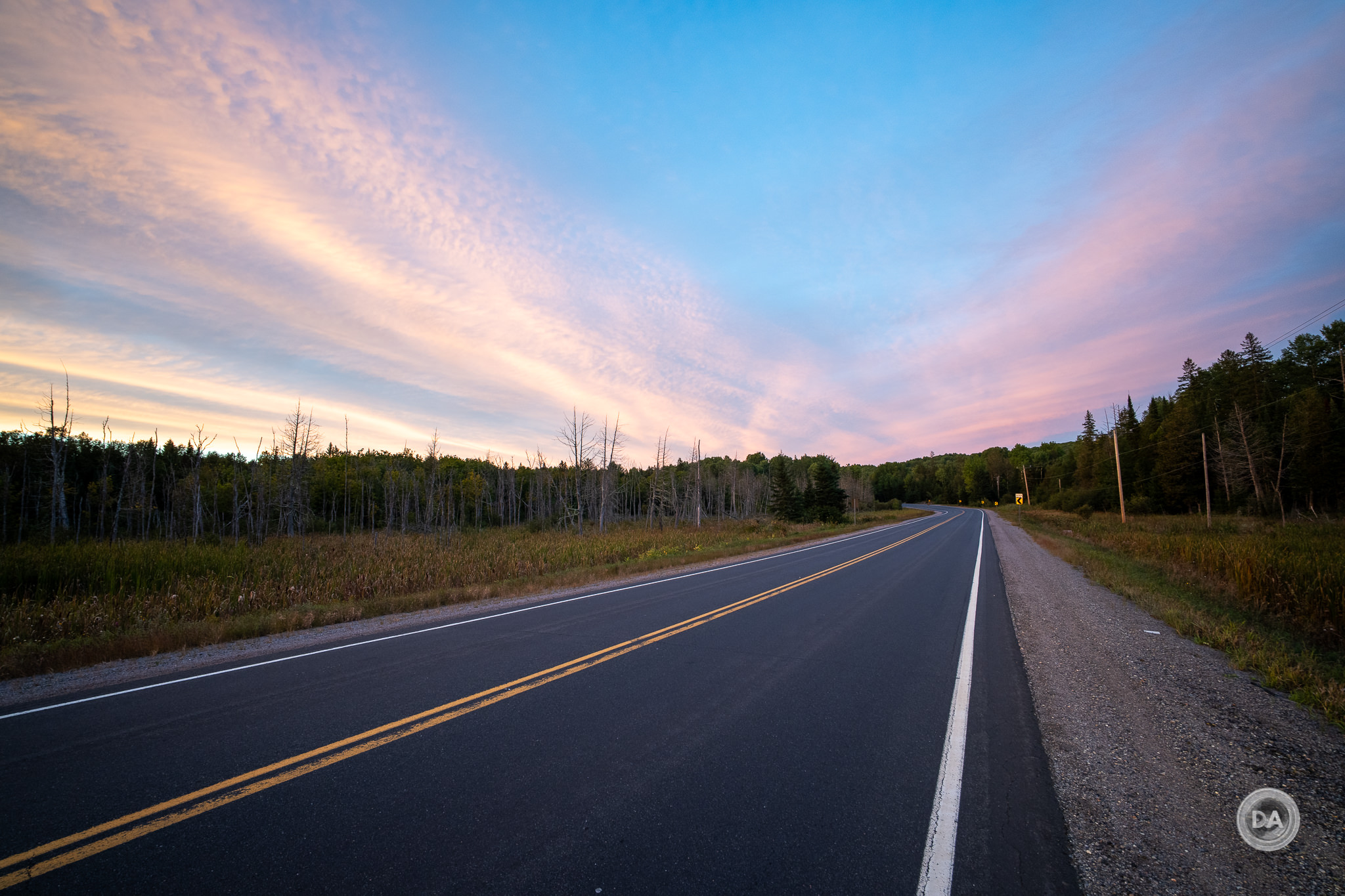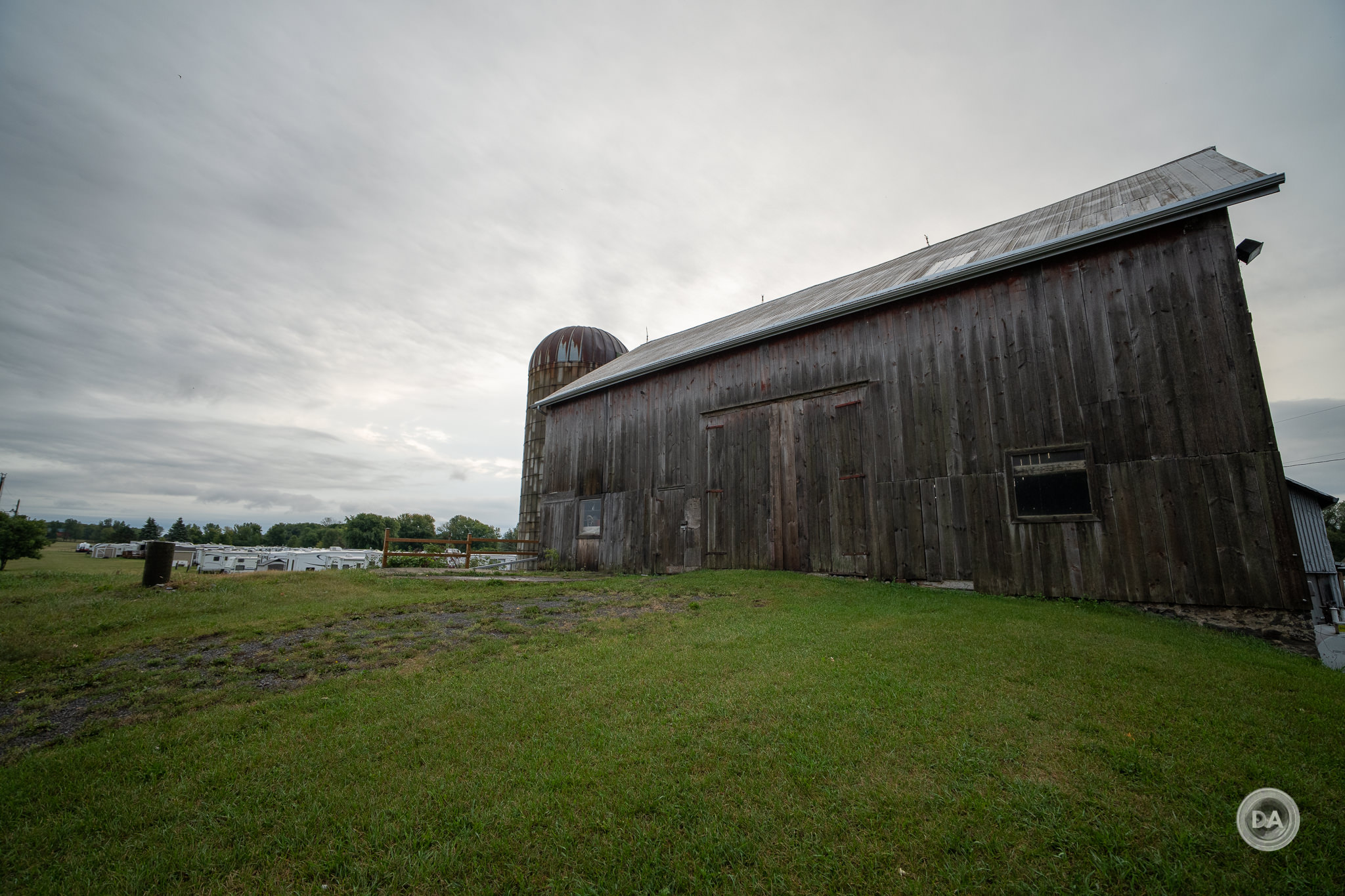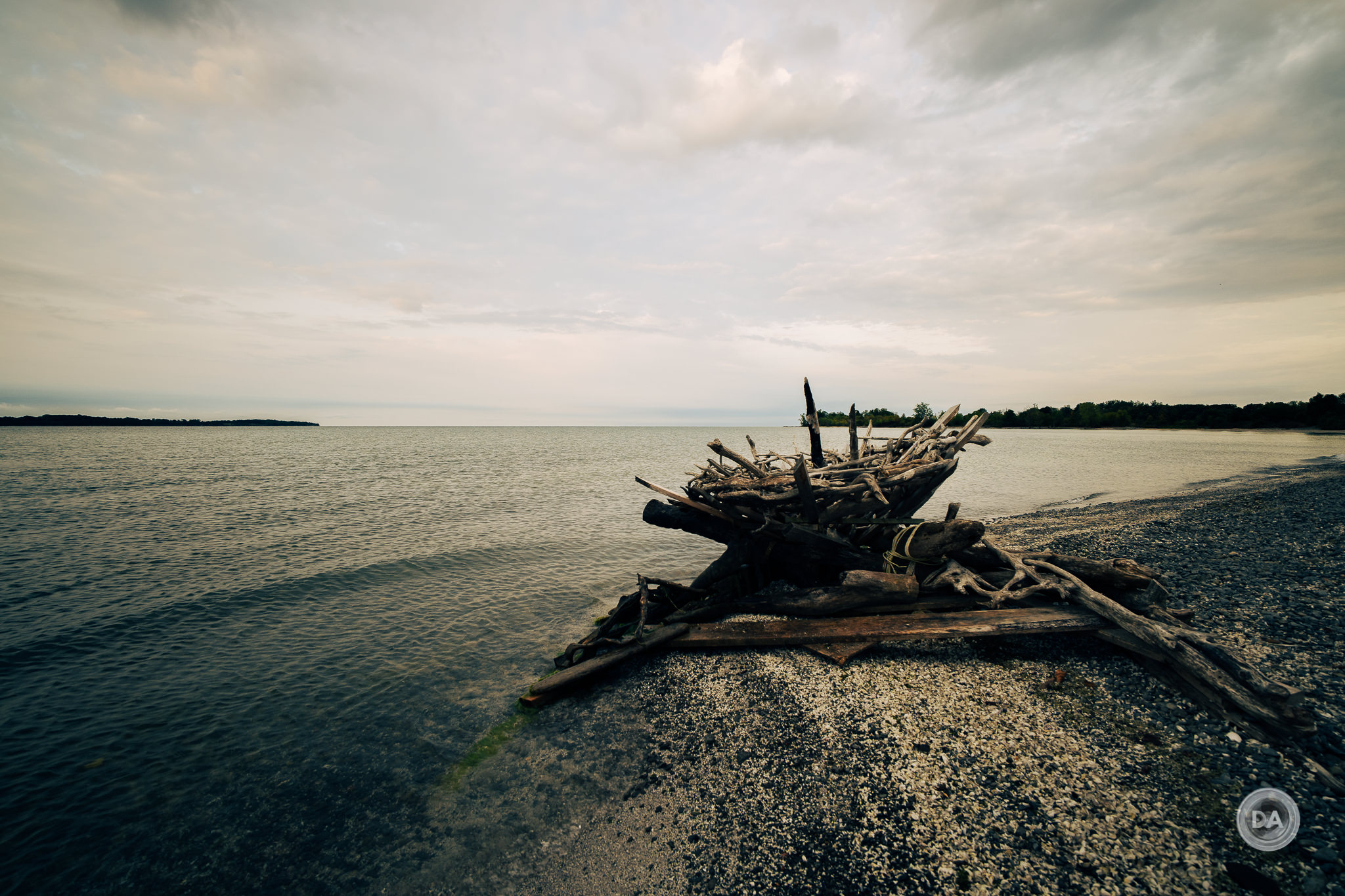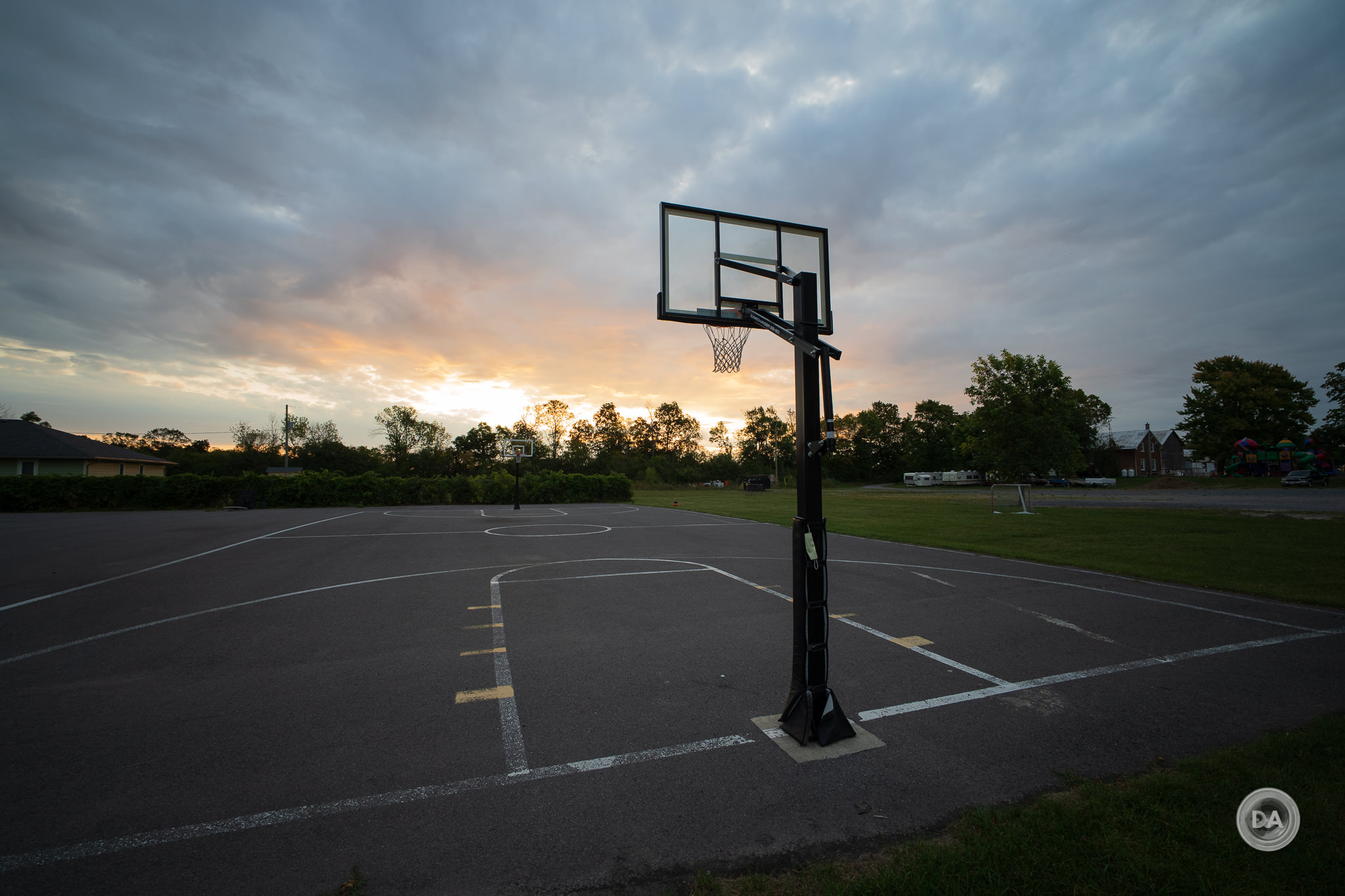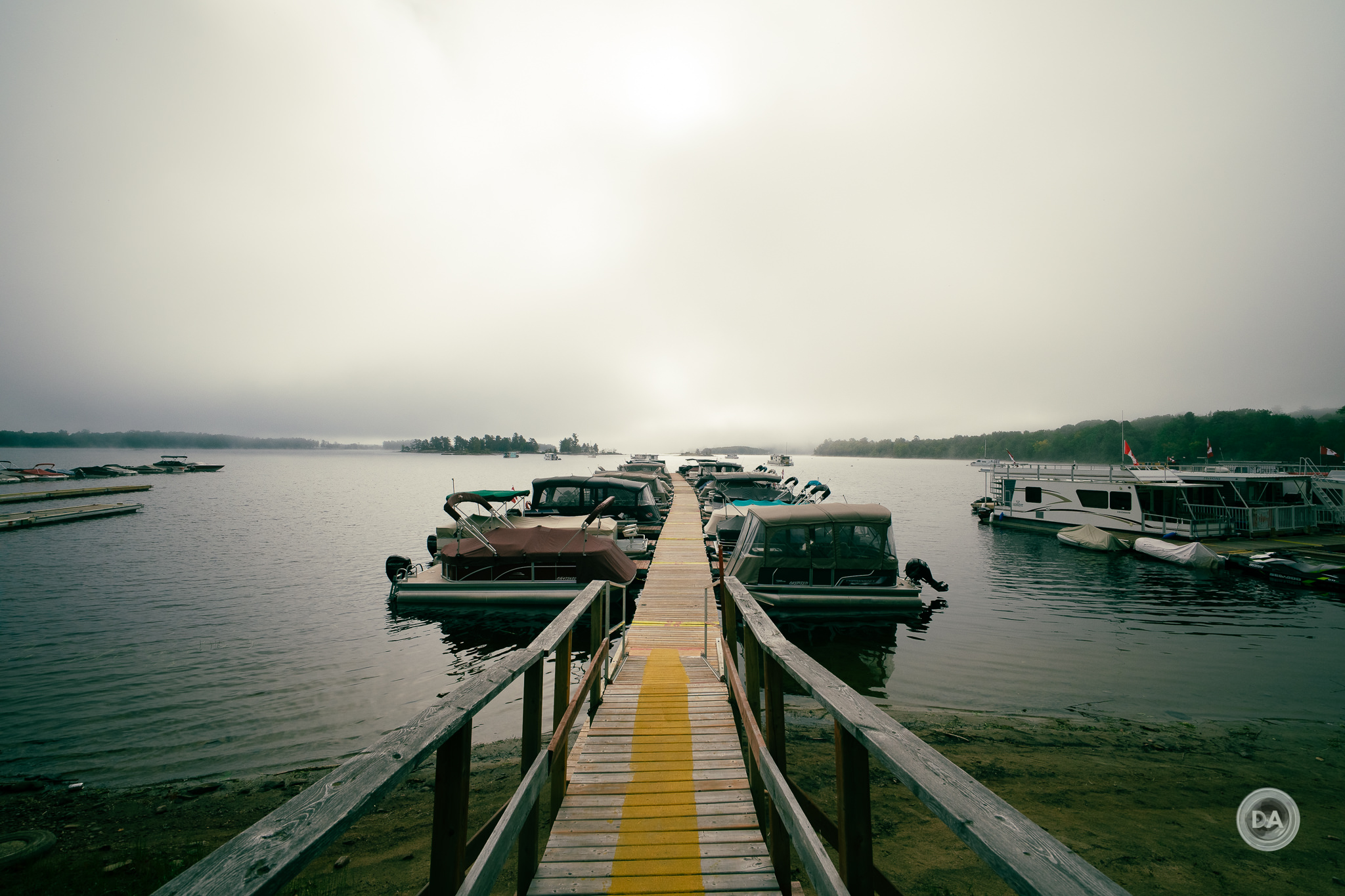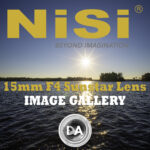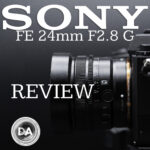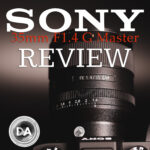NiSi has historically been a company that has made filters for other people’s lenses, and a search of their products shows a lot of filters with very high reviews. But at some point they clearly decided that their optical glass expertise could just as easily go into the construction of lenses themselves, which has resulted in their first lens, the very intriguing NiSi 15mm F4 ASPH. This wide angle prime (it actually has an angle of view more like a 14.5mm lens) is extremely wide, but with lower distortion than most equivalent lenses. Furthermore, by avoiding the challenges inherit in designing a very large aperture lens, they have been able to produce a lens that is compact (80.5mm in length), can use traditional screw in filters (72mm size), and that weighs only 470g despite a very nice all metal and glass construction. As first lens design attempts go, this is a very good one. I’ve been able to get very good results from the NiSi15 (as we’ll call it for brevity in this review) even on my demanding 50MP sensor on the Sony Alpha 1 that I’ve used for this review.
This “killer app” with this new NiSi 15mm shows up in the photo below, namely the ten straight aperture blades that produce stunning sunstars even at F4. Yes, the blades are never fully retracted, and this design allows for beautifully rendered sunstars with long, clearly defined shafts of light that add terrific visual interest to photos. Flare resistance is good overall, too (though not perfect), allowing you to shoot into the light and capture the beauty of brightly lit scenes.
At a price point of under $500, the NiSi 15mm is reasonably priced relative to performance, allowing photographers a chance to get a very wide angle of view on their Sony FE (reviewed here), Canon RF, Nikon Z, or Fujifilm X mount cameras. The lens isn’t perfect, but it is a lot of lens for the money and has relatively few flaws. You can certainly get some beautiful and dynamic images with it!
So should you consider the NiSi15 for yourself? You can either watch my video review or read on in this text review to help yourself make an informed decision.
Follow Me @ Patreon | My Newsletter | Instagram | Facebook | DA Merchandise | Flickr | 500px
Thank you to NiSi for sending me a loaner of the lens for review. As always, this is a completely independent review. The opinions here are completely my own.
NiSi15 Build and Handling
Gone are the days where new lensmakers started with cheap plastic lenses. These days it seems like many of them start with a classic Zeiss-like approach to lens design – all metal and glass. That’s the reality here, too. The NiSi15 has a beautiful build quality with a classic aesthetic. It’s primarily a black anodized metal finish with a silver accent ring in the middle.
That silver accent ring has a practical function, though, as it has the hyperfocal distance markings for various aperture values there. I did test hyperfocusing a bit, but, as per usual, found that I actually got more reliable results by just magnifying the area that I wanted to focus on. The NiSi15 has an extremely wide angle of view (112°), which makes it wider than the Laowa 15mm F2 Zero D lens (110°) but not quite as wide as the Sony FE 14mm F1.8 GM (114°). NiSi indicated to me that the lens is actually a 14.5mm lens, which seems to be accurate from comparison with these two lenses. It certainly delivers a dynamically wide angle of view:
There is a low profile aperture ring with one third stop detents, though there are only markings for the full stops (F4, 5.6, 8, etc…) The aperture ring moves smoothly and precisely, though there is no option to declick it.
The focus ring moves extremely smoothly, with near perfect damping that does remind me of a Zeiss lens. All focus is internal, so the lens retains a constant length at all times. The focus throw is fairly good as well (wide angle lenses often have shorter focus throws). I did find that there wasn’t a lot of room between one meter and infinity, and it is possible to get inaccurately focused landscape results if you don’t focus precisely in that zone. Infinity focus was basically right at the mechanical hard stop. I often pulled back just a fraction to ensure perfect infinity focus, though I don’t think there was a significant different between the hard stop and my “fraction less” position. This made landscape focus pretty simple.
The NiSi15 is a nicely compact lens for a full frame wide angle. It is 75.6mm in diameter and 80.5 mm in length and weighs 470g (3 x 3.2″ and 1 lb), making it just a little smaller and lighter than the Laowa 15mm F2 lens.
This leaves you with a relatively common 72mm front filter thread. This allows you to use traditional screw in filters (a big plus) and is also small enough that the smaller 100mm square filter systems will also work on it.
There is a fairly shallow metal lens hood included with a petal-shaped design. The bright orange/yellow branding on the hood reminded me a bit of the Zeiss Otus series. The lens is compact enough with the hood in place that I mostly just kept it in place, though it can be reversed for storage.
There are no electronic contacts or a weather sealing gasket at the lens mount. This is a fully manual lens, meaning that you won’t get EXIF data about aperture or lens designation embedded in your files. You’ll also have to manually input the focal length into your camera if you have one that has in-body-image-stabilization. This is pretty much par for the course with many such lenses, though I do wish at least some basic electronic communication could be introduced.
The headline feature here is that NiSi has (wisely) elected to forego the modern standard of rounded aperture blades and has instead employed ten straight blades in the aperture iris. If this was a “bokeh lens”, that would produce less desirable bokeh highlights, but a wide angle lens with a maximum aperture of F4 isn’t going to have a lot of opportunities to produce a lot of bokeh highlights.
What it can produce, however, is sunstars. By employing straight blades they have enabled the lens to produce beautifully defined sunstars that add a lot of character to images.
Furthermore, they’ve designed the lens where the blades show a bit even at F4, meaning you can get those sunstars without stopping down. This will allow you to get creative images even at night, for example.
The NiSi15 can focus as closely as 20cm, which allows for a decent though unexceptional 0.13x magnification figure. That’s well below the 0.25x of the Laowa but better than the 0.10x of the Sony 14mm GM. Here’s what MFD on the NiSi looks like:
Here’s about as close as you can get and about as much bokeh as you’re going to see from the lens:
The bokeh here is okay but unexceptional. That’s not really the strength of this lens. I found a friend’s Audi and an early morning sunrise produced a more interesting image.
All told, the NiSi15 is a nicely built lens that works well. The mechanical engineering seems precise, and the rings move nicely. This is a great first lens for NiSi.
NiSi15 Image Quality
The NiSi15 enters an arena with several existing competitors optically. The Samyang AF 14mm F2.8 (my review here of the Canon RF mount – same optics) provides a slightly wider angle of view and autofocus at roughly the same price (the MSRP is higher at $799 USD but the lens is frequently discounted to a similar price point. The Laowa 15mm F2 Zero D (my review here) has a slightly narrower angle of view but considerably wider maximum aperture, but is also the most expensive at $849 USD. The NiSi15 can be had for $499 USD, which makes it the natural bargain of the main choices. But can it compete optically?
First of all, a look at MTF charts for the NiSi (#1), Laowa (#2), and Samyang (#3).
These are not really apples to apples comparisons, as the NiSi has a smaller maximum aperture, but it is instructive nonetheless. It reveals that the overall sharpness curve is pretty similar across these lenses, with very sharp centers, good mid-frames, and fairly good corners (the NiSi’s greatest edge is there, at least at the lenses maximum apertures). The only true direct comparison from the MTF charts is found between the NiSi and Samyang at F8, where it shows a similar performance in the center but with the Samyang winning on the edges. In fact, NiSi gives MTF charts at F4, F8, and F11, and, while it shows some slightly varied sharpness curves (there’s a bit more inconsistency at F4), the lens actually doesn’t really get sharper stopped down and actually loses a bit in the corners when stopped down to F8 or F11. It’s an unusual performance in that peak average sharpness is found wide open at F4. I was curious to see if my tests and real world results followed that same pattern.
Let’s orient ourselves by first checking in with a real world image with a lot of depth and detail:
Obviously there is a lot of detail captured here on my 50MP Sony Alpha 1 sensor, which I would say that the NiSi performed just fine on. It’s worth noting that this is a slightly better performance than, say, the Canon RF 15-35mm F2.8L IS at 15mm, and that is a $2400 USD lens.
Laowa really touts the low distortion of their 15mm F2 (that’s what “Zero D” means), but the reality is that the NiSi15 performs fairly similarly. A look at my Vignette and Distortion chart shows very low levels of distortion:
I used only a +2 to correct an almost imperceptible amount of barrel distortion, though I’m not sure that correcting it is even worthwhile, as it reveals a very mild mustache pattern. There’s not enough distortion there to present a problem for essentially any kind of application. Real world lines look nice and straight:
Vignette is moderately heavy (I corrected with a +68), which is about on par with the Samyang and considerably less than the Laowa 15mm F2. Most of these wide angle lenses have a fair amount of vignette, and nothing stood out to me as unusual about the NiSi15. In fact, the positive is that the vignette cleaned up without adding any kind of false color to the corners, which can be an issue at times with these type lenses.
I also didn’t see any kind of issue with chromatic aberrations of either the longitudinal or lateral kind. There was little fringing to be seen of any kind. Here’s a look at various scenarios where that fringing might show up.
So far we are doing pretty good. The typical major flaws of wide angle lenses are 1) high distortion 2) heavy vignette 3) lateral chromatic aberrations. None of these are a problem here. So how about sharpness?
Here’s a look globally at my test chart:
And here is a look at the crops from across the frame at F4 (center, mid-frame, and then bottom right corner):
That a consistently good performance across the frame, and even the corners look quite good. According the MTF charts, we shouldn’t really expect more resolution with the lens stopped down, and, while I do think that is accurate, I felt like there was slightly more contrast when I compared the F4 result to F5.6 on the right below:
When I compared F5.6 to F8, however, I saw what looked like essentially an identical result, so I would say that sharpness and contrast peaks at F5.6. Real world results show a lot of detail across the frame at F5.6:
Designing a low distortion, high resolution ultra wide angle lens is seriously challenging, and there’s no question that NiSi has pretty much nailed things here. I was able to capture a lot of compelling images with high detail during my review period.
Another key metric for a wide angle lens is the ability to resist flaring, particularly when the “killer app” is to produce beautiful sunbursts. You don’t get those without putting a bright source of light in the frame. Fortunately I do think that flare resistance is very good here, though not perfect. The NiSi15 gets very high marks for resistance to veiling, or a loss of contrast when bright lights are in the frame. Contrast remains very high with the sun directly in the frame.
I did see a few minor ghosting artifacts (little blobs of false color caused by flare), but they were extremely mild and essentially non-destructive.
They will get a little more pronounced if you stop the lens down (often the case), so expect a more pronounced “optical path” flare pattern, like here:
The unique good news here is that you don’t actually need to stop down to get the sunstar effect, so, well, don’t! You might have also noticed in all of these images that contrast remained excellent in all of these examples; that aspect of flare resistance is impeccable.
I find wide angle lenses great for getting visually arresting images. The NiSi15 falls in what I consider the ultra-wide “sweet spot”, where it is extremely wide but not so wide that composition becomes impossible. Get close to things and allow the optics to produce interesting results:
If you are too far away (like in a landscape scene), you end up with a lot of empty space in the foreground, which is rarely interesting. This shot isn’t terrible, but there’s a lot of empty water here.
I shot the same scene with a 75mm lens and got a much more interesting result.
You have to learn the art of composing with a wide angle lens.
Let’s talk color for a moment. I found the colors to be more saturated than, say, the Laowa 15mm F2, but this is no Zeiss lens, either. I found colors sometimes a little hard to process, as they seemed to push towards garish fairly quickly. I had to use a delicate touch to make sure that colors had a richly saturated look but without being extreme. The colors of this shot were some of my favorite from the lens, as the saturation levels look great. All I did here to the RAW image was pull down the highlights a bit and open the shadows; the colors are right out of camera.
You’ll pick up a lot of sky colors with a wide angle lens, which is wonderful if the sky is beautiful:
It is rather less amazing if there is a lot of bland sky in the frame:
My original point remains – use a wide angle lens to its strengths, and it will reward you with amazing images. Use it wrong, and you’ll probably end up discarding half of what you capture.
All told, this is a very good lens optically, and I felt like NiSi’s experience with optical glass showed here in their first lens. I would encourage you to check out many more images in the image gallery here.
Conclusion
I get “pitched” to look at new gear every day, and many times I have to say “no” due to the reality that I only have so much time. When NiSi reached out to me, I first went to the web address they sent me and did a little research of their new lens. The MTFs looked solid, the low distortion was appealing, and the idea to go with straight blades for the sunstars all seemed like wise design elements. I decided I would invest the time to review it, and I’m glad I did. There are reasonable alternatives to the NiSi 15mm F4 ASPH on the various lens mounts it is designed for (Sony FE, Nikon Z, Canon RF, and Fuji X), but the NiSi15 seems to offer very strong value for money to me. Yes, I would have liked an F2.8 aperture instead, and yes, I would always prefer weather sealing, but a nicely built, high performing wide angle lens for full frame cameras that costs less than $500 is fairly rare.
The NiSi 15mm F4 is a well made lens mechanically. Everything is all metal and glass and works just as it should. I also appreciate the compact nature of the lens that fits nicely on the various mirrorless cameras systems it is designed for.
There’s no question that you can get compelling images from the NiSi 15mm lens, and I hope this is the beginning of many more lenses to come. I enjoyed my time with the NiSi 15mm F4 ASPH…and its amazing sunstars!
Pros:
- Excellent build quality
- Internally focusing design
- Great manual focus ring
- Aperture ring works with precision
- Compact size and reasonable weight
- Gorgeous sunstars
- Good resolution across the frame
- Low distortion
- Great price to performance ratio
Cons:
- No weather sealing
- Color rendition not top tier
- Lens performance doesn’t really improve when stopping down
Gear Used:
Purchase the NiSi 15mm F4 @ B&H Photo | Amazon | Amazon Canada | Amazon UK | Amazon Germany
Purchase a Sony a7C @ B&H Photo | Amazon | Camera Canada | Amazon Canada | Amazon UK | Amazon Germany | Ebay
Purchase the Sony Alpha 1 @ Camera Canada | B&H Photo | Amazon | Amazon Canada | Amazon UK | Amazon Germany | Ebay
Purchase a Sony a9M2 @ B&H Photo | Amazon | Camera Canada | Amazon Canada | Amazon UK | Amazon Germany | Ebay
Sony a9 Camera: B&H Photo | Amazon | Camera Canada | Amazon Canada | Amazon UK | Amazon Germany | Ebay
Sony a7RIV Camera: B&H Photo | Amazon | Camera Canada | Amazon Canada | Amazon UK | Amazon Germany | Ebay
Buy DA Merchandise https://bit.ly/TWIMerch
Purchase a Sony a7C @ B&H Photo | Amazon | Camera Canada | Amazon Canada | Amazon UK | Amazon Germany | Ebay
Peak Design Leash Strap: Peak Design Store | B&H Photo | Amazon | Amazon Canada | Amazon UK
Adobe Photoshop Creative Cloud 1-Year Subscription
Exposure Software X6 (Use Code “dustinabbott” to get 10% anything and everything)
Visit Dustin’s Amazon Storefront and see his favorite gear

Purchasing your gear through B&H and these links helps fund this website and keeps the articles coming. You can also make a donation here if you would like. Visit my Amazon page for some of my gear of choice! Thank you for your support.
Great News! I can now offer a 5% discount on all purchases at Amplis Foto, Canada’s Leading Photographic Supplier. Please enter discount code: AMPLIS52018DA in your cart. It is good for everything in your cart, and is stackable with other coupons, too! It will take 5% off your entire order! Proceeds go towards keeping this site going and providing you with new reviews!
Check me out on: My Patreon | Sign Up for My Newsletter | Instagram | Facebook | Twitter | Flickr | 500px | Google+ |
Purchase the NiSi 15mm F4 @ B&H Photo https://bhpho.to/3kkdSW8 | Amazon https://amzn.to/3AncCr3 | Amazon Canada https://amzn.to/3zlLxDj | Amazon UK https://amzn.to/3EyeiAj | Amazon Germany https://amzn.to/2YZ6reP
Keywords: NiSi 15mm F4, NiSi, 15mm, F4, ASPH, Sunstar, NiSi 15mm Review, NiSi 15mm F4 review, NiSi 15 F4, F/4, Wide Angle, Hands On, Dustin Abbott, Real World, Comparison, Sharpness, Bokeh, Flare Resistance, Autofocus, Image Quality, Sample Images, Video, Photography, Sony a9, sony a7III, sony a7RIV, a7R3, Sony Alpha 1, Sony A1, Canon RF, Nikon Z, Fuji X


